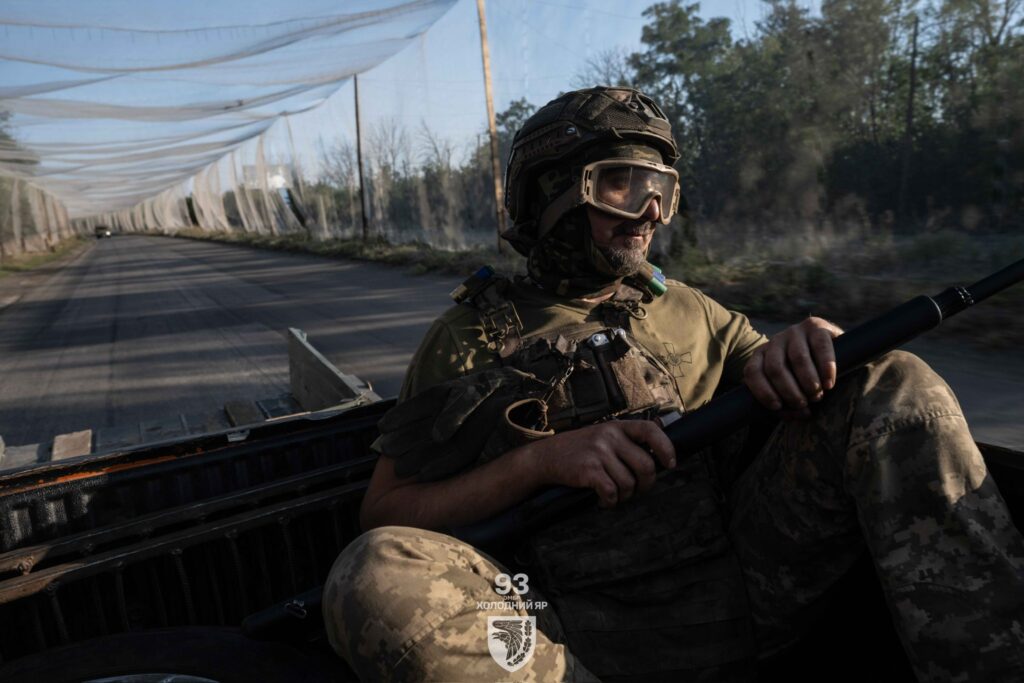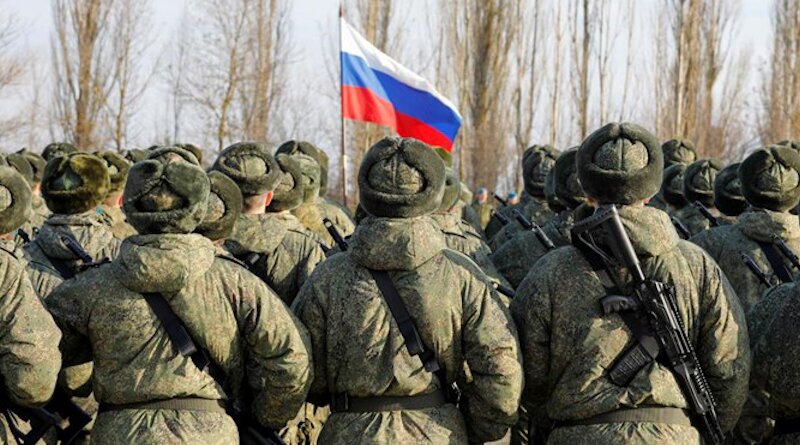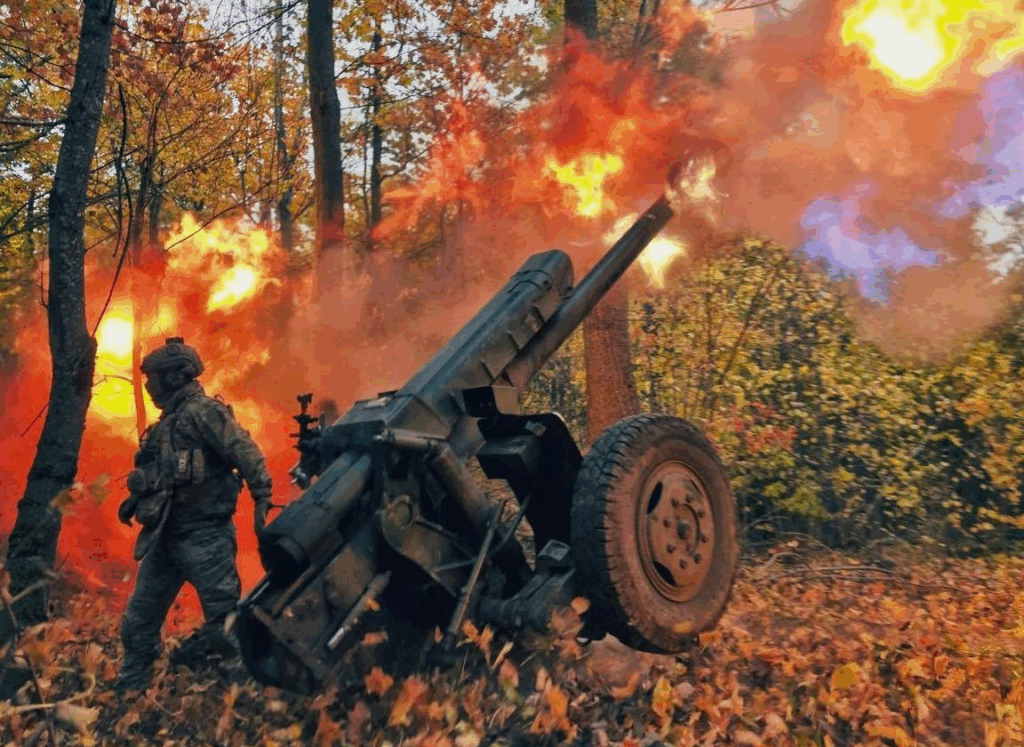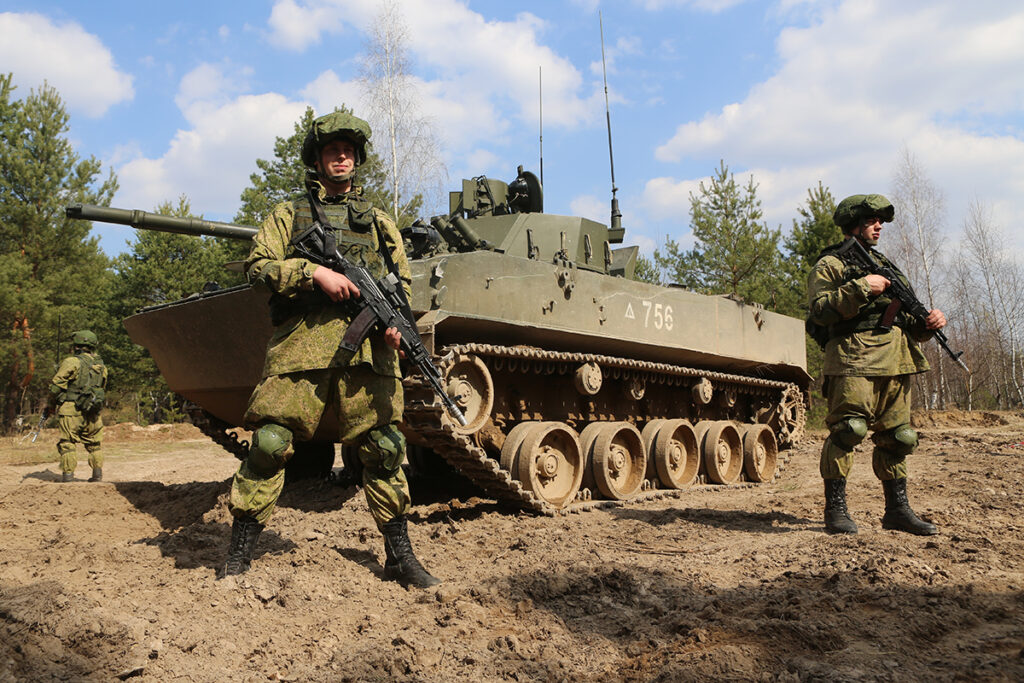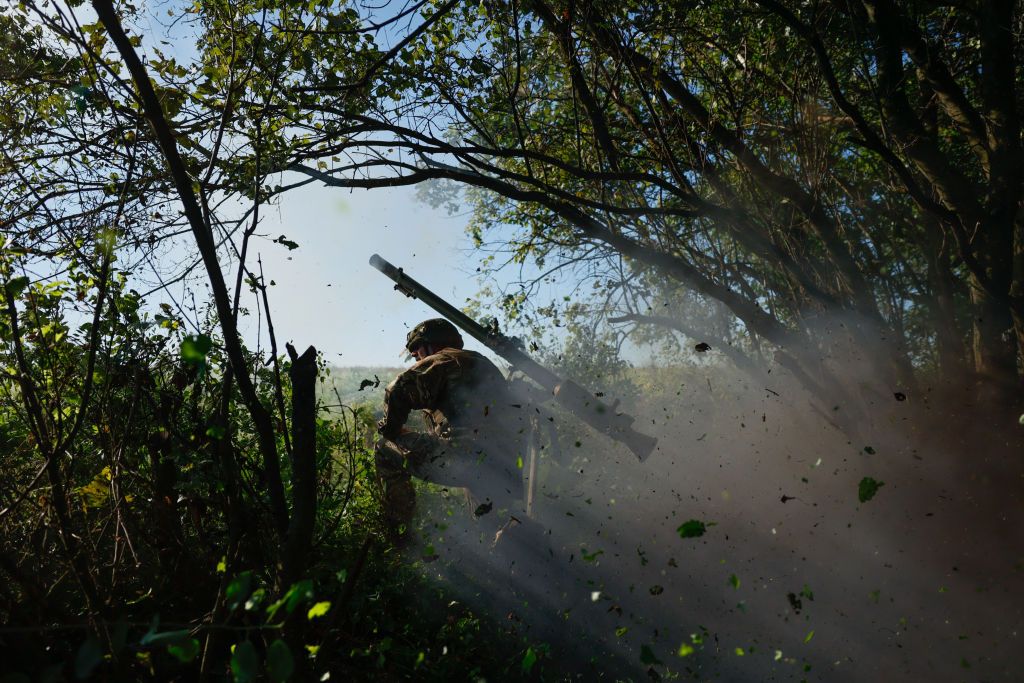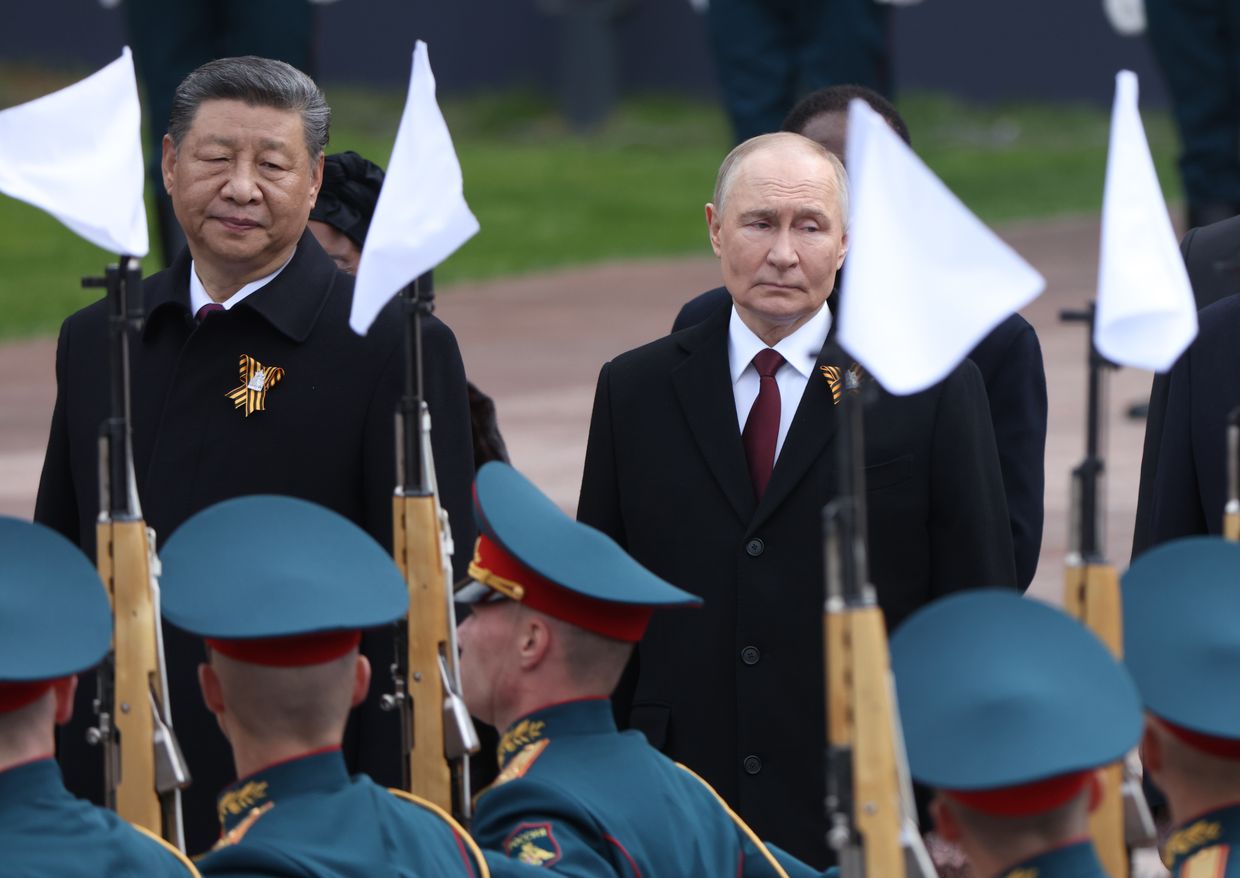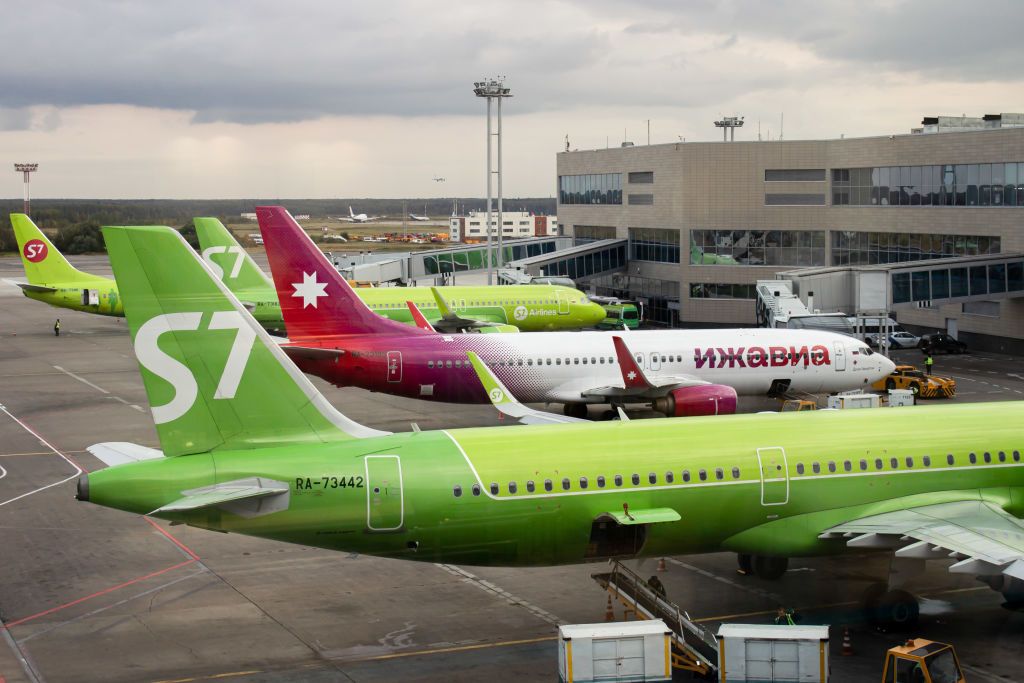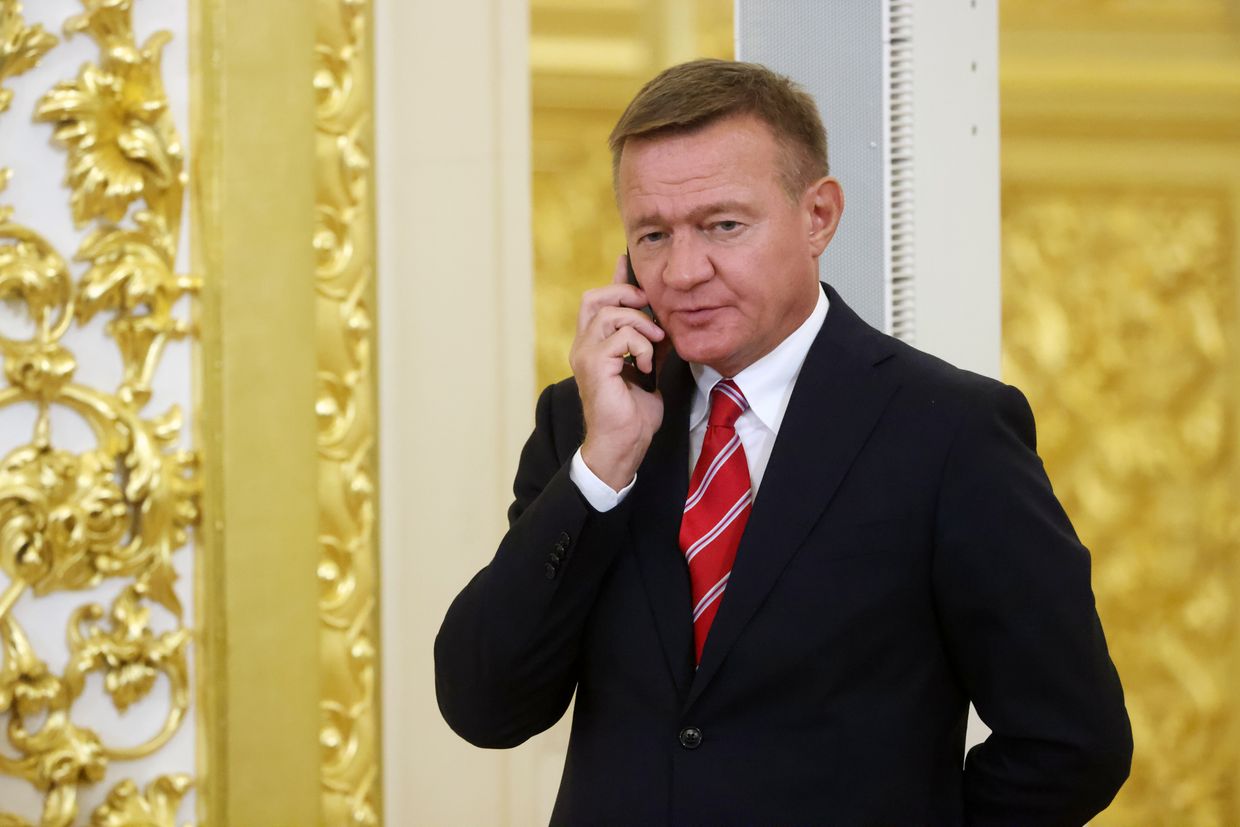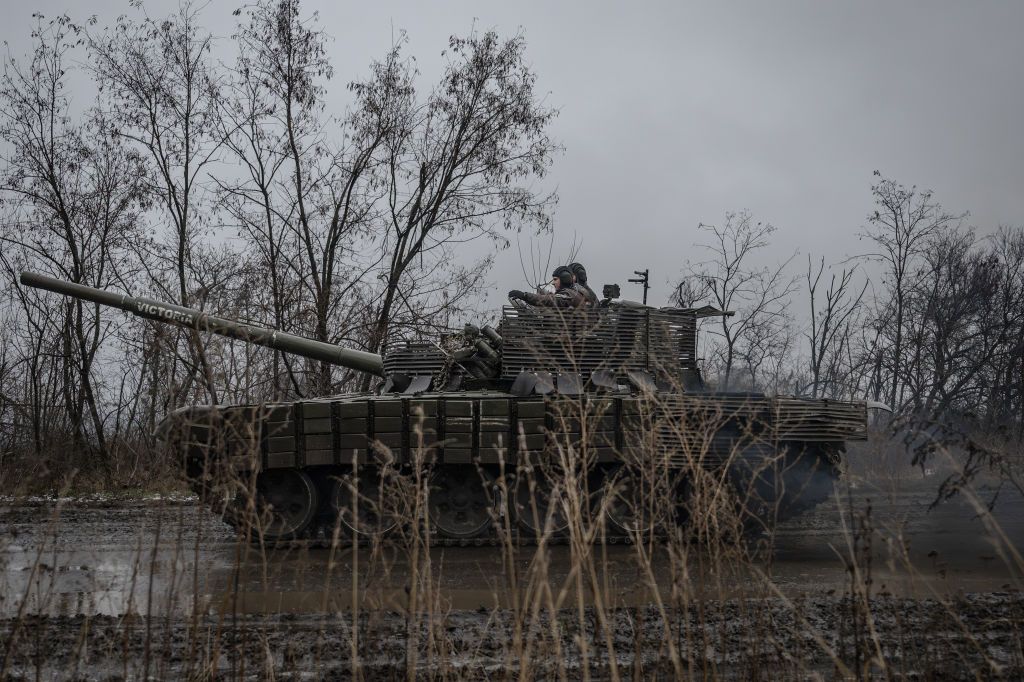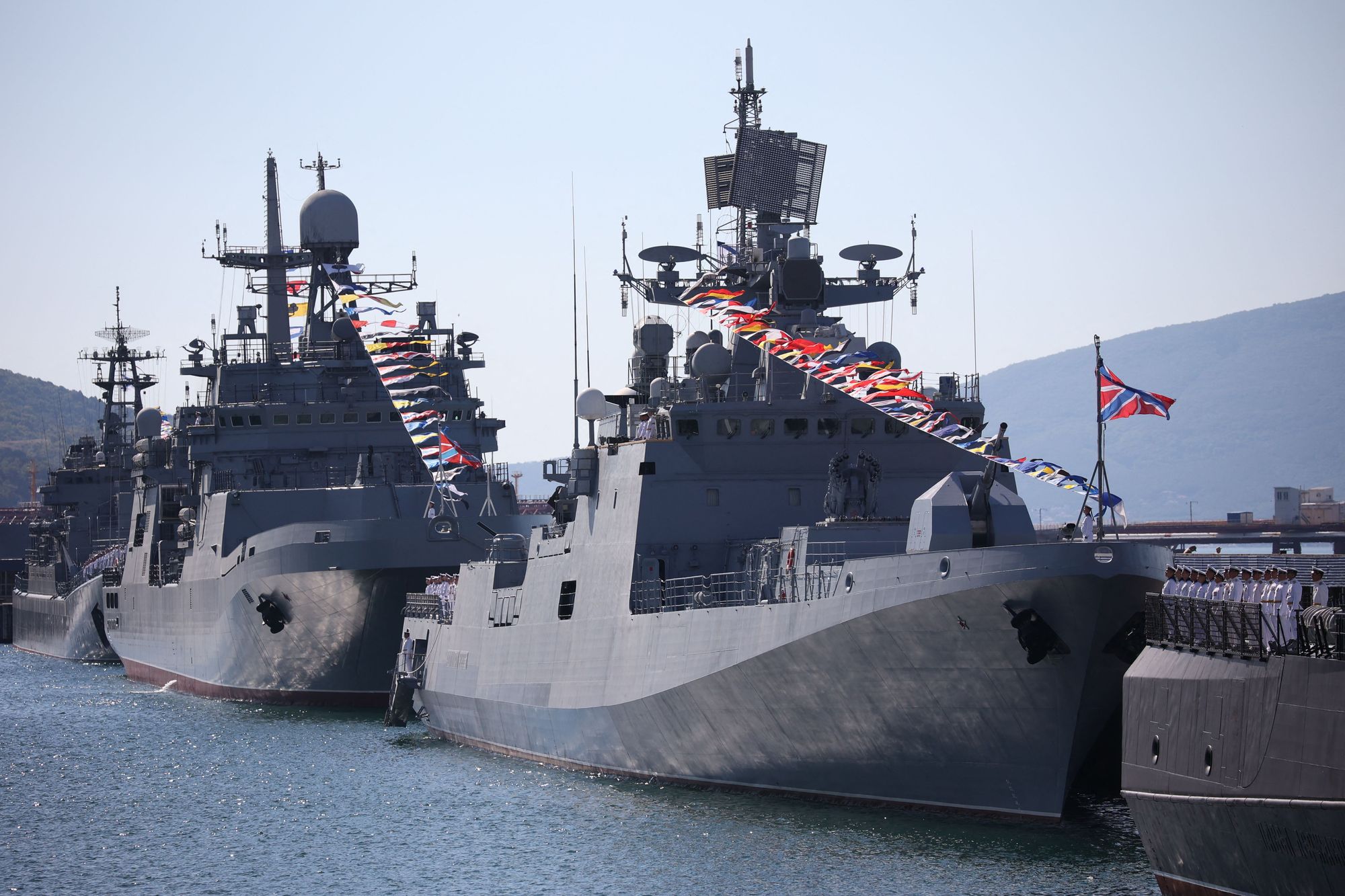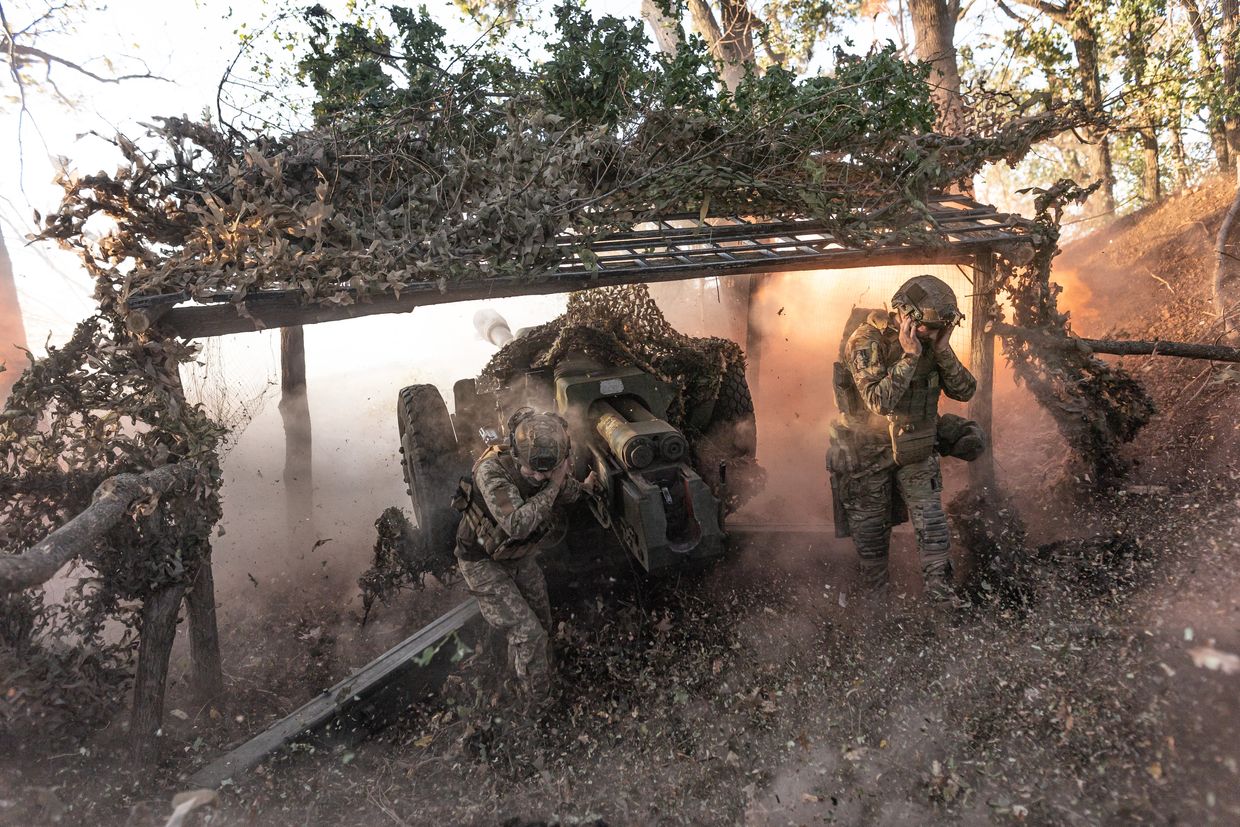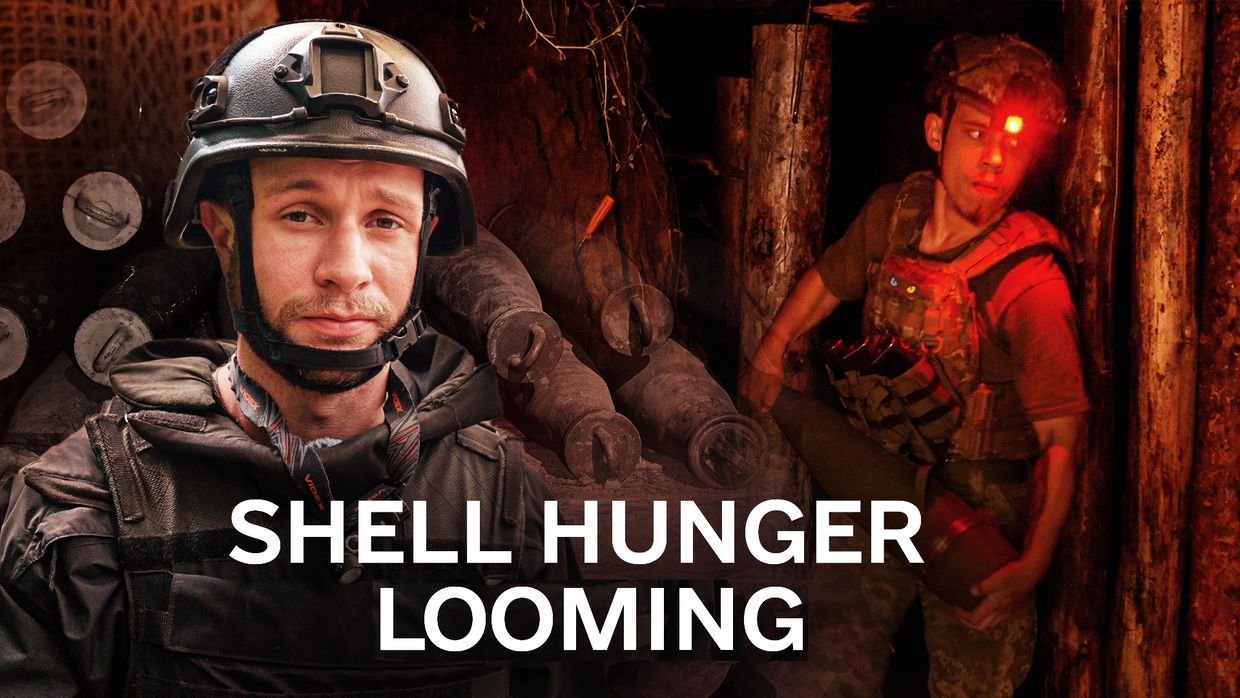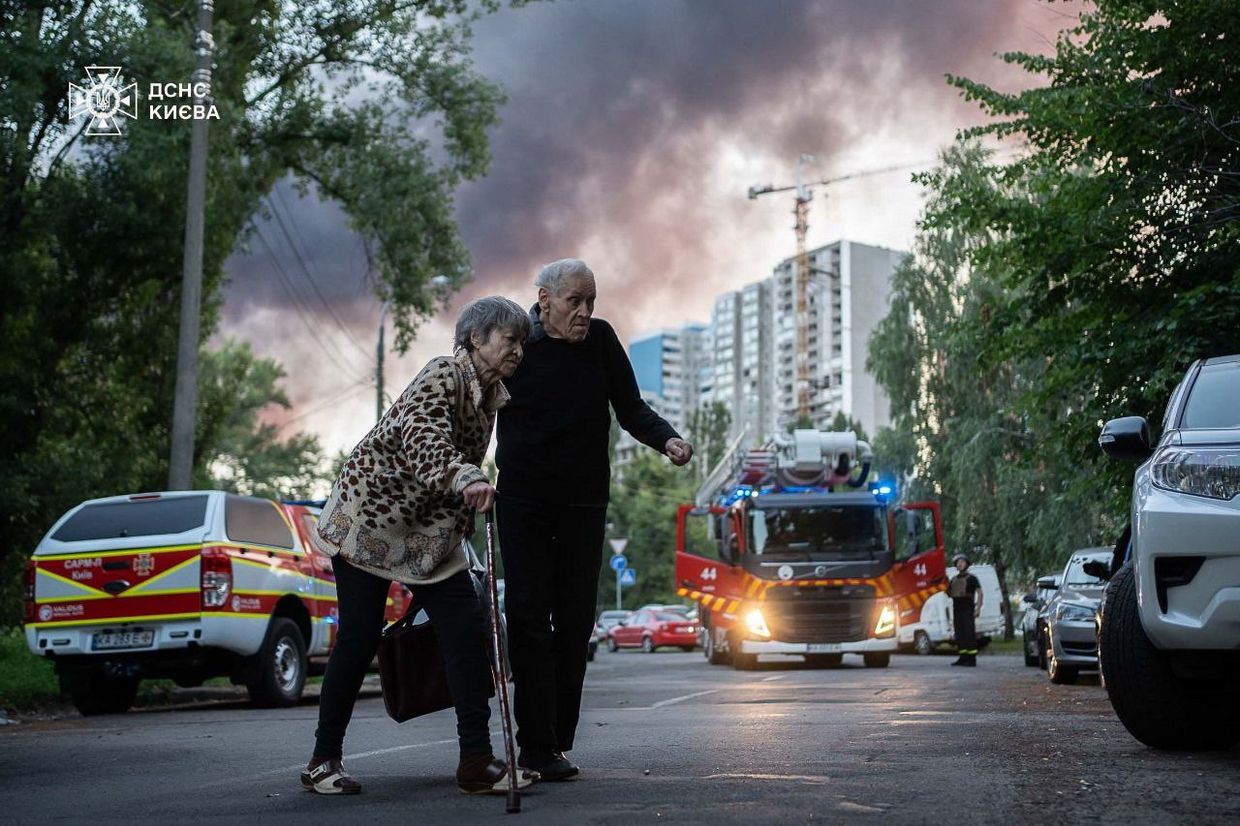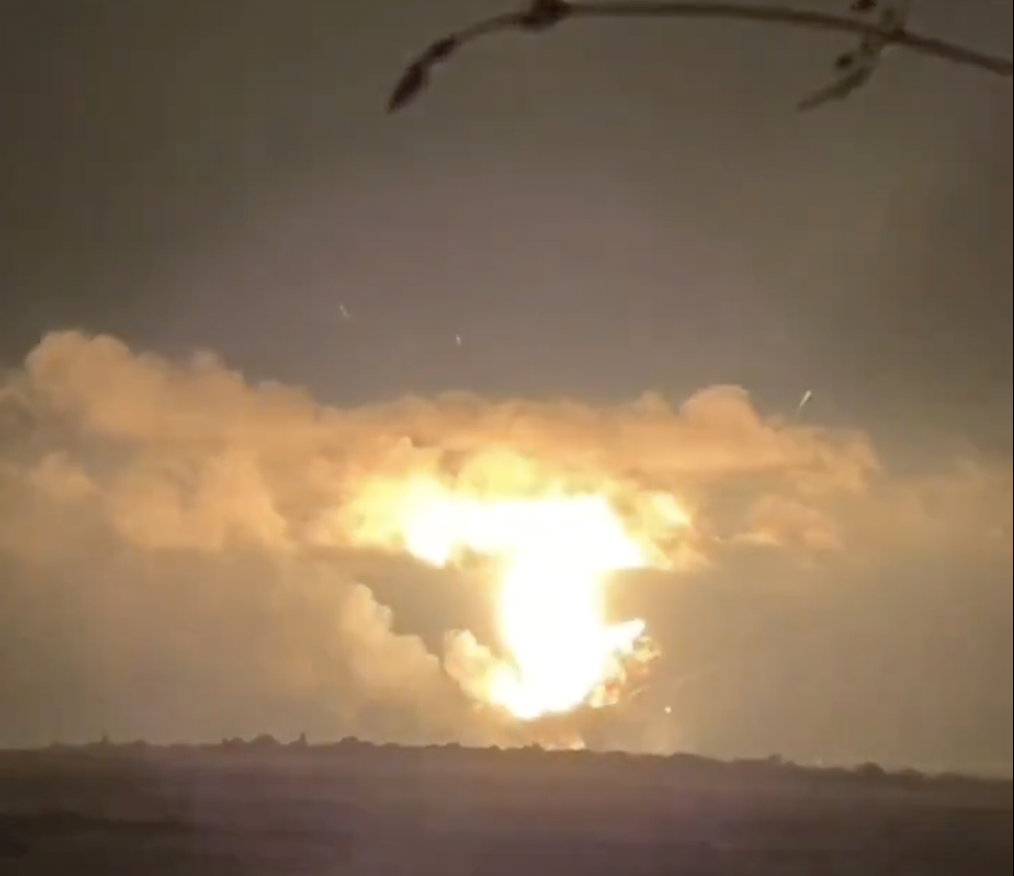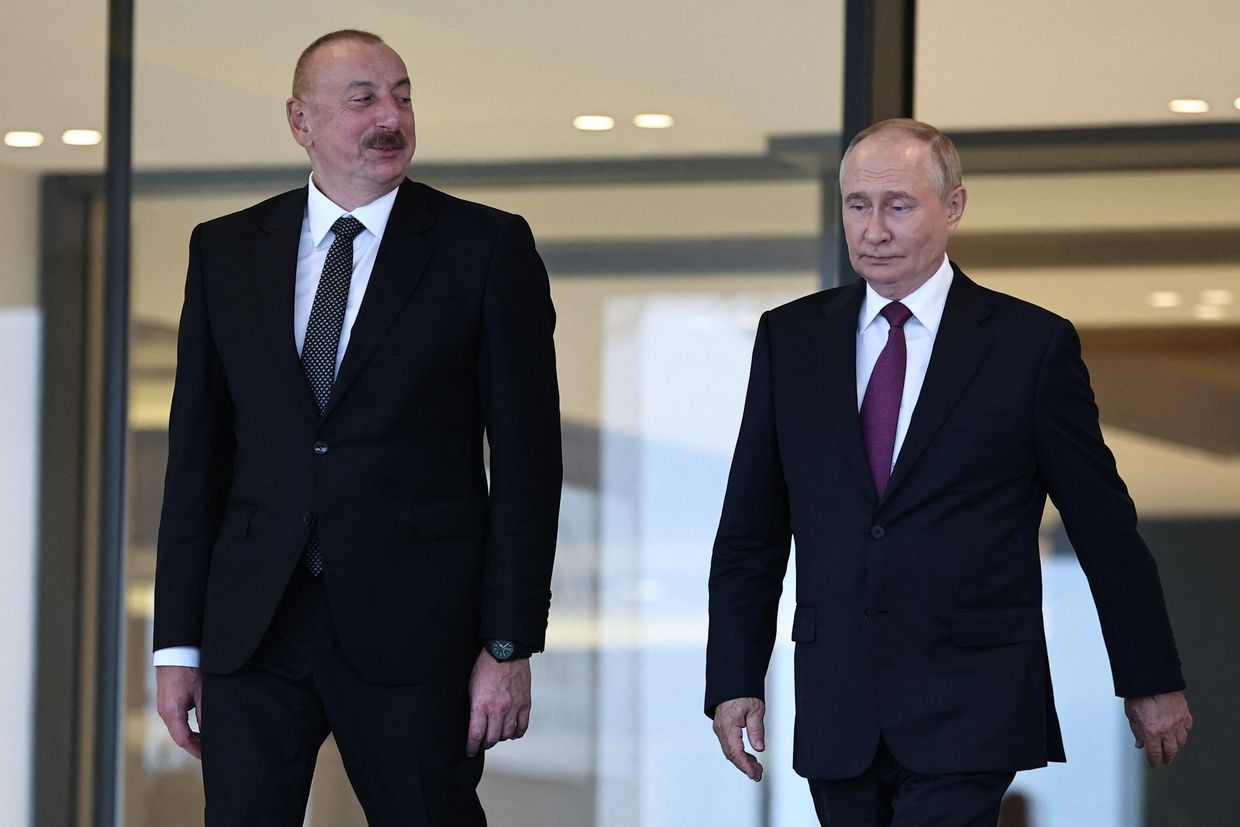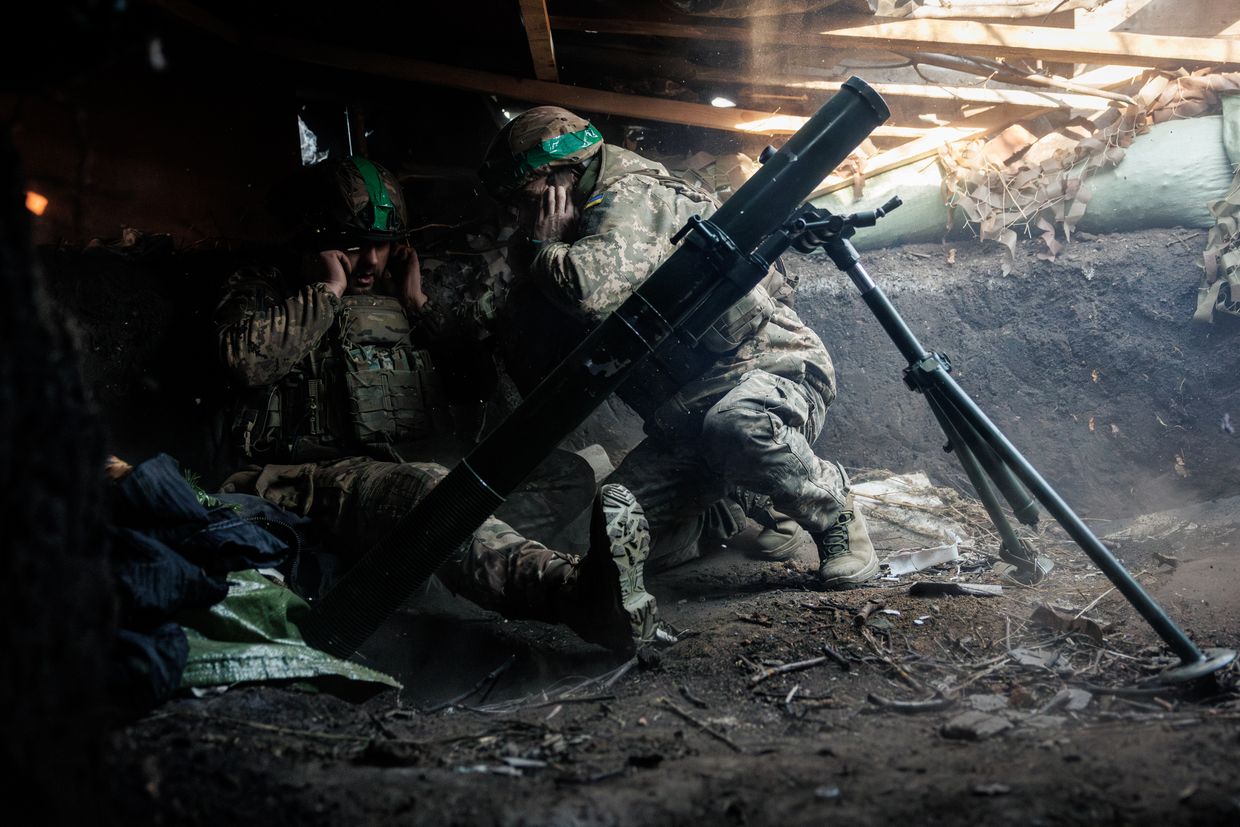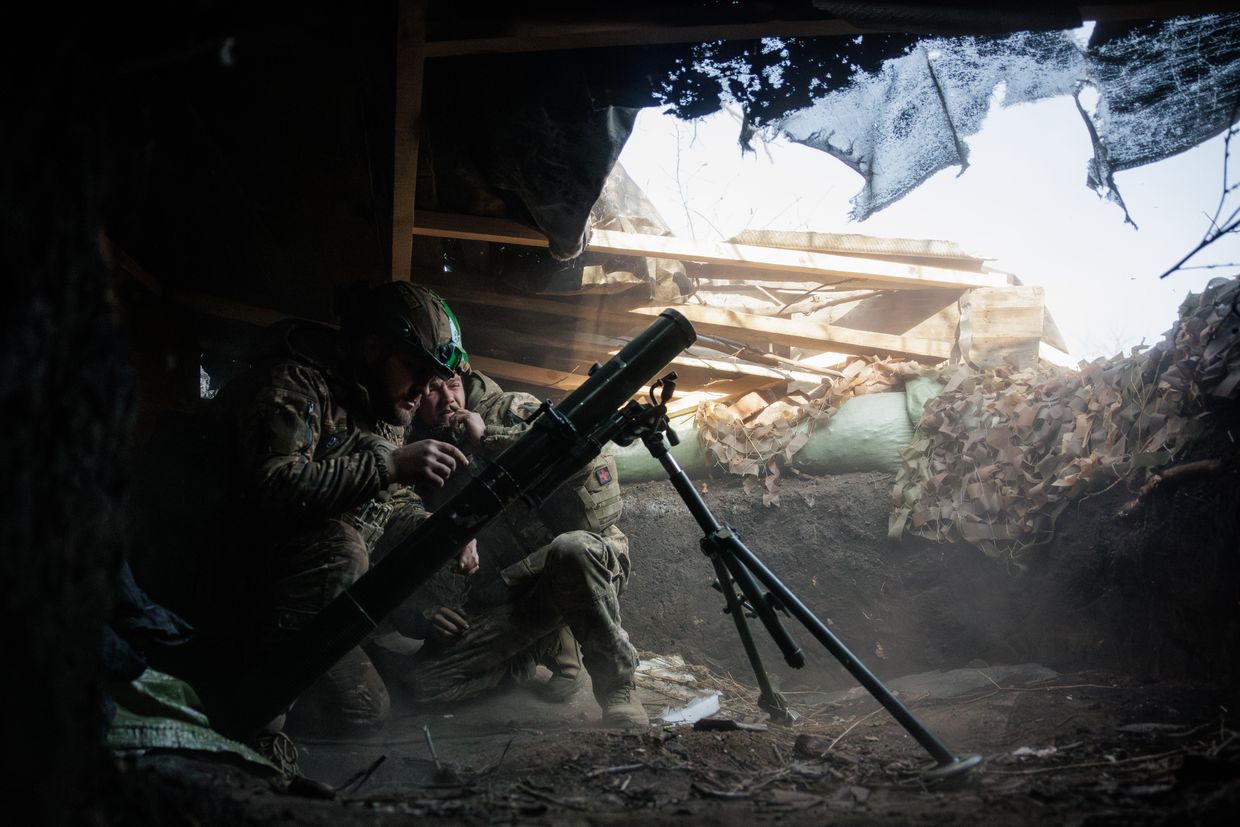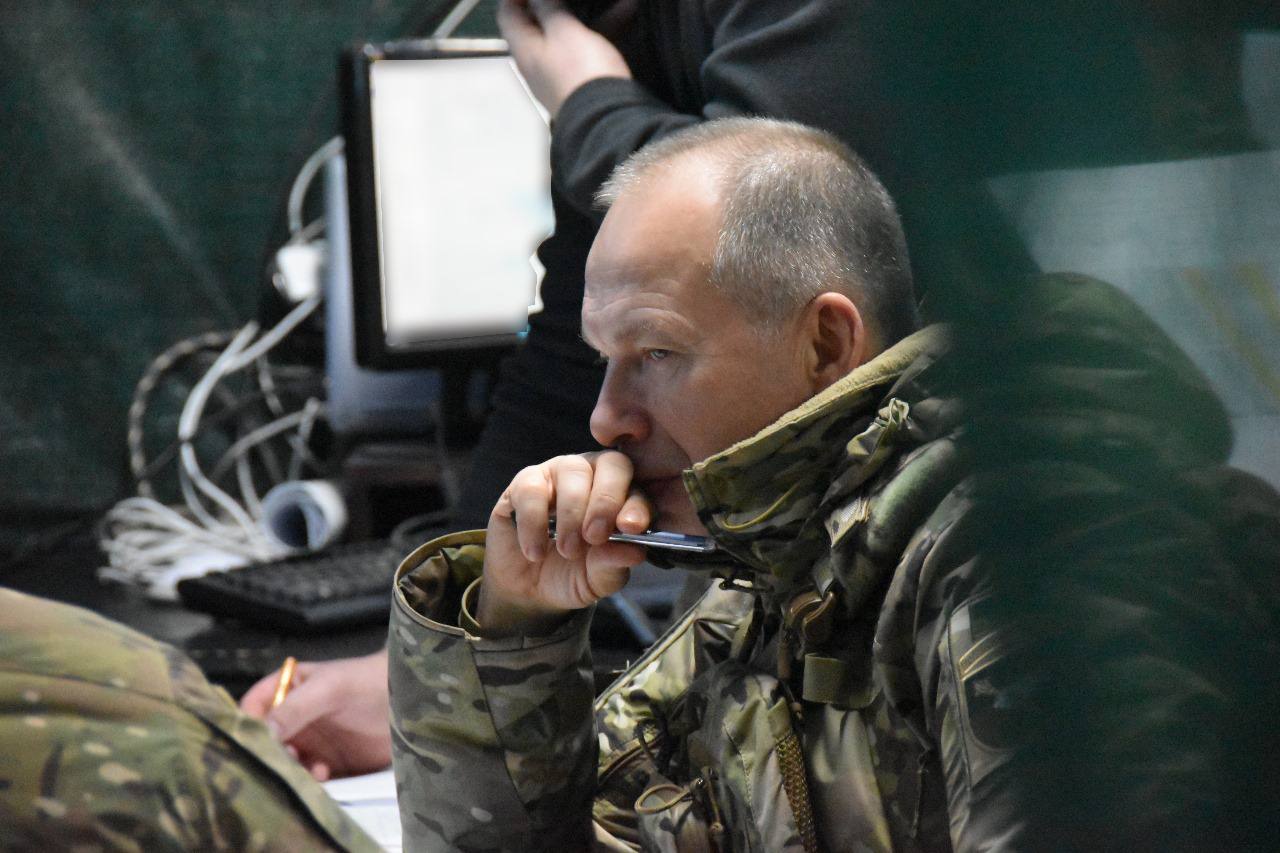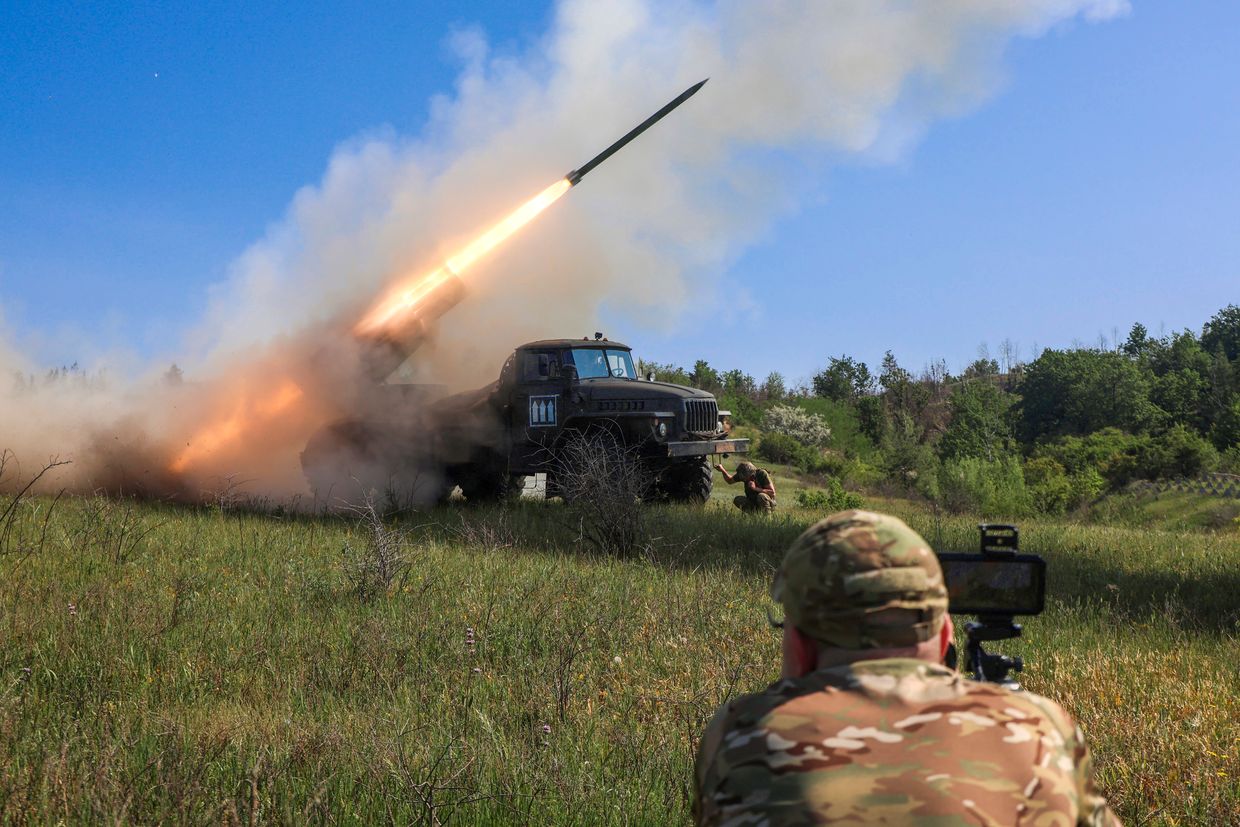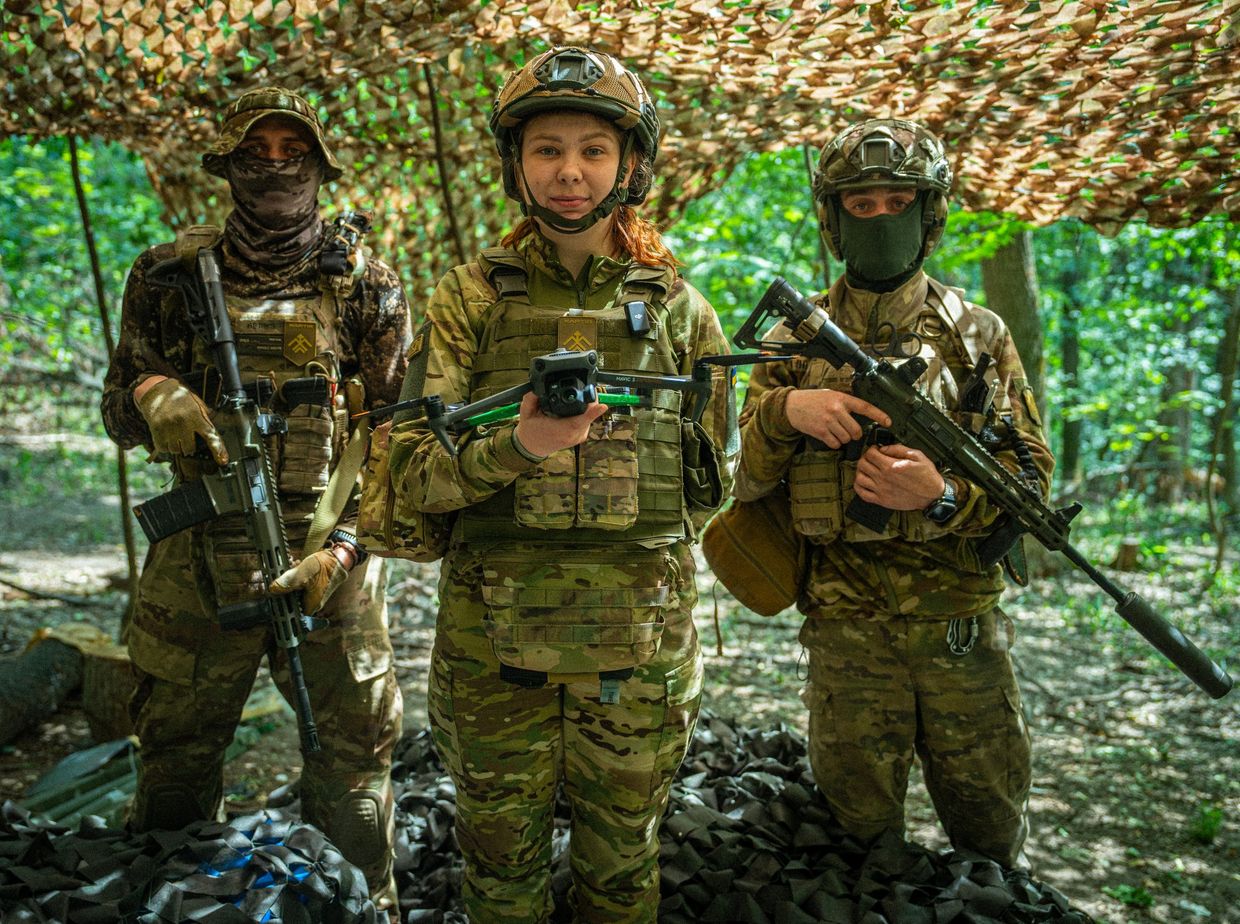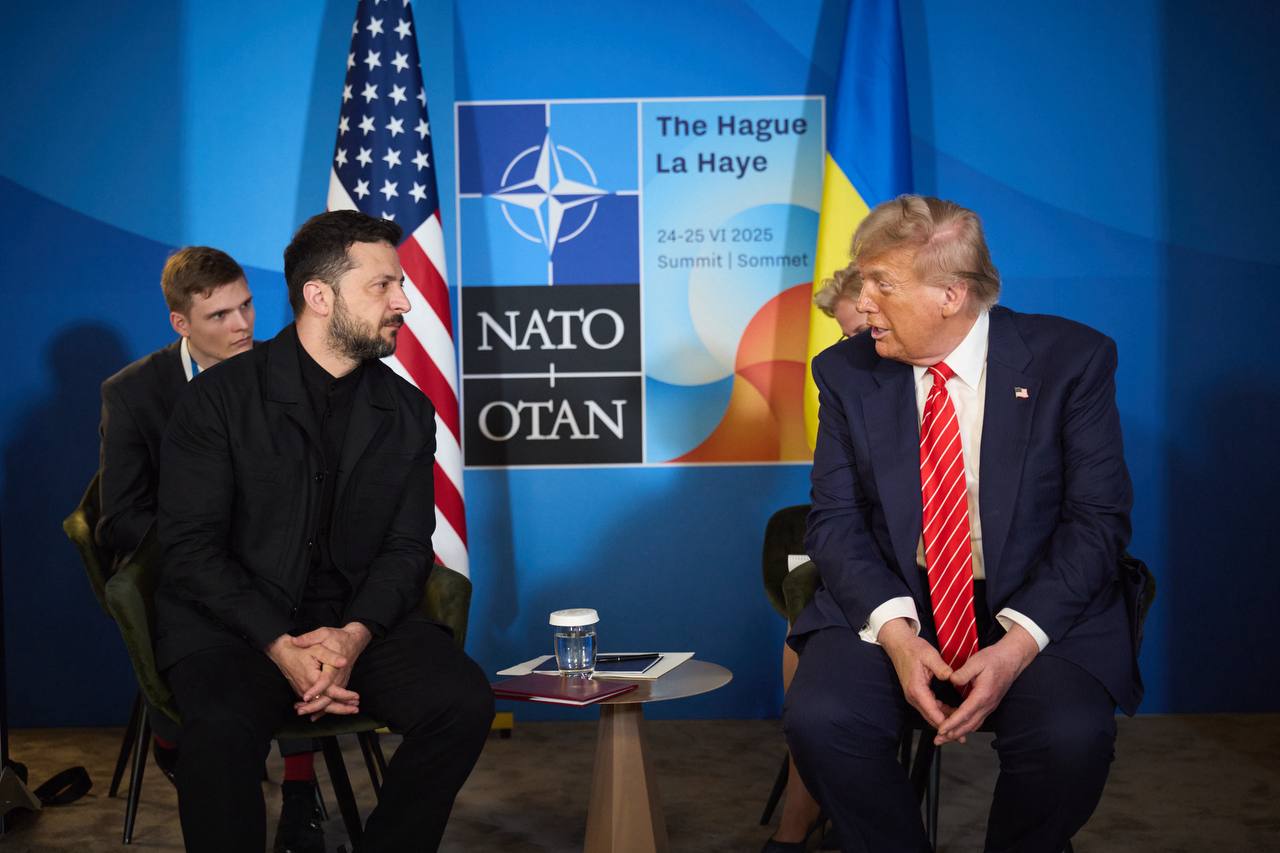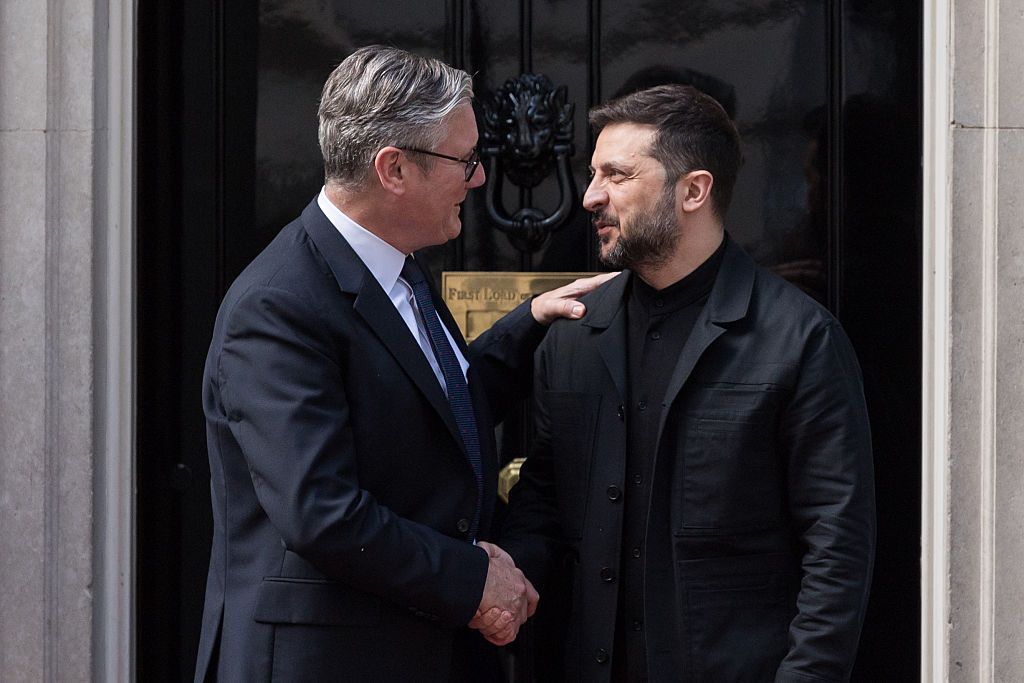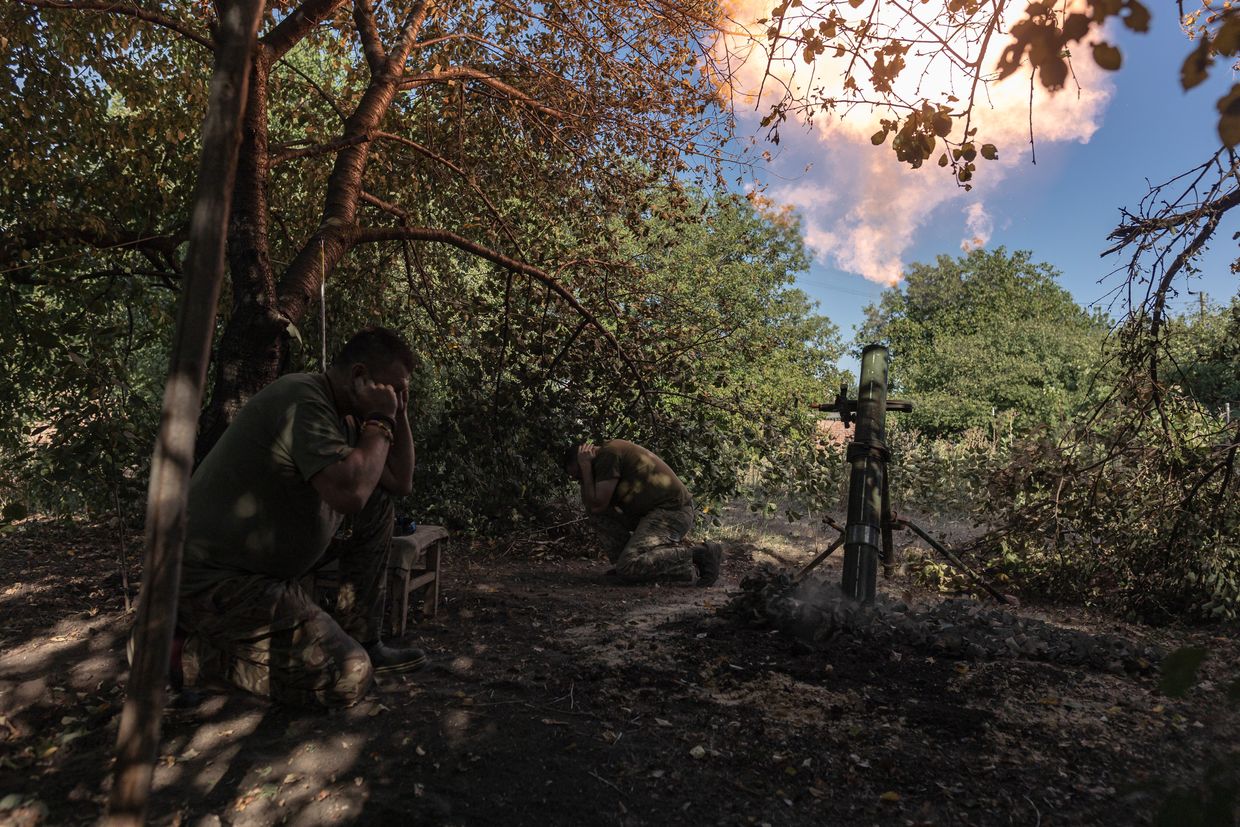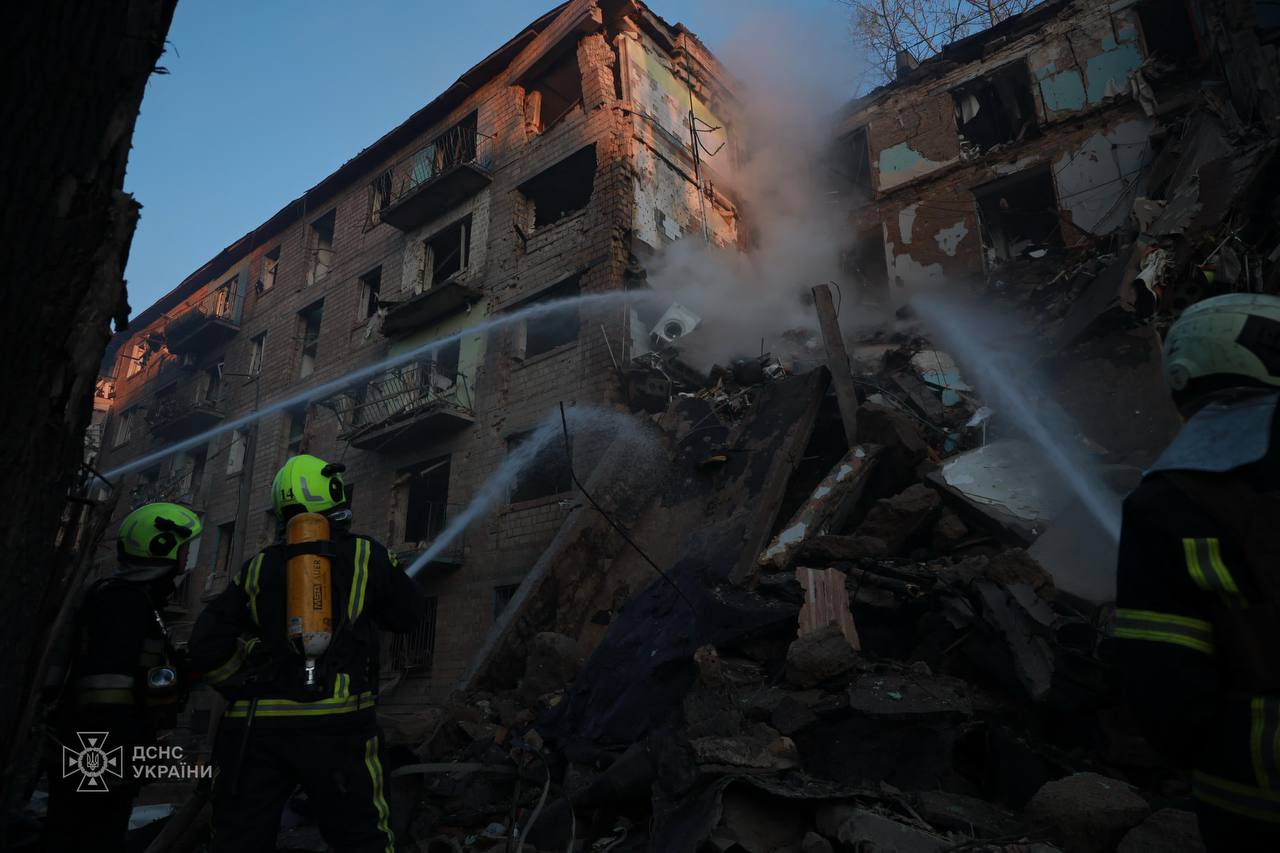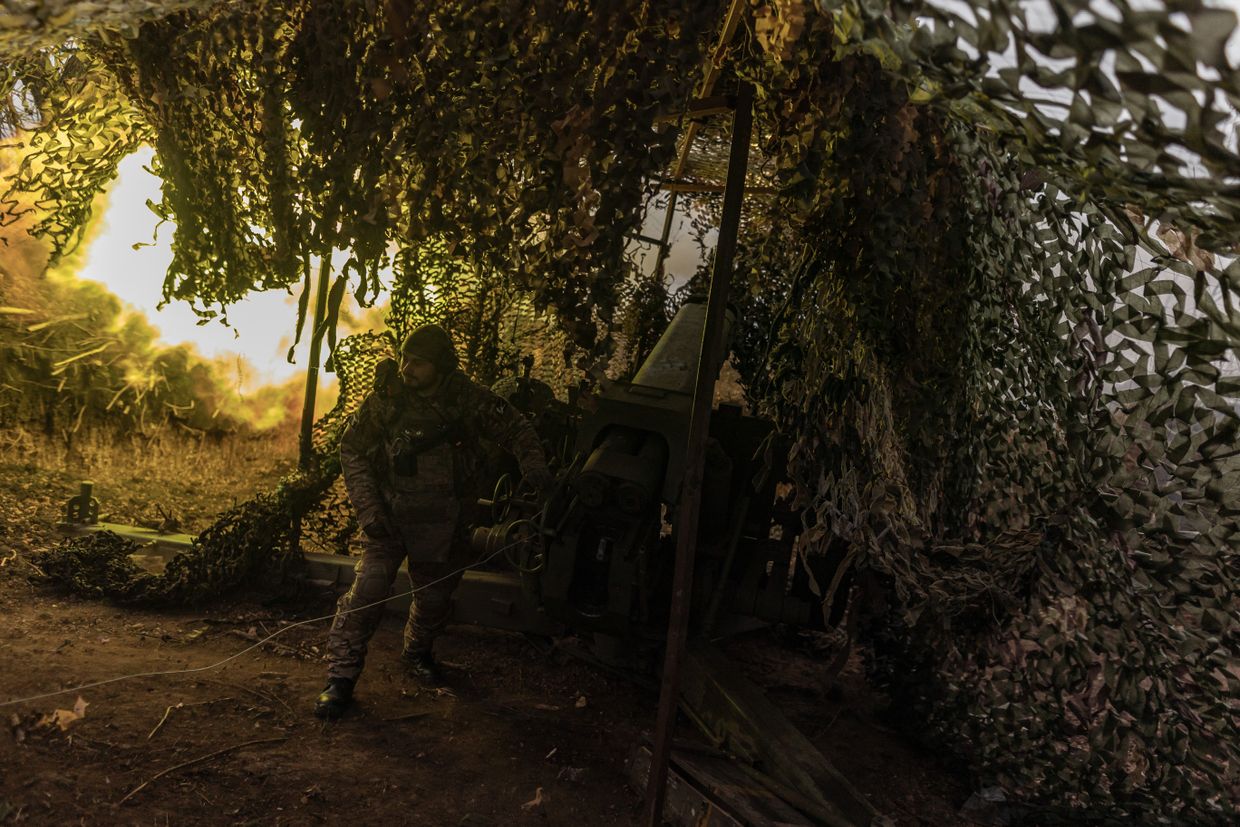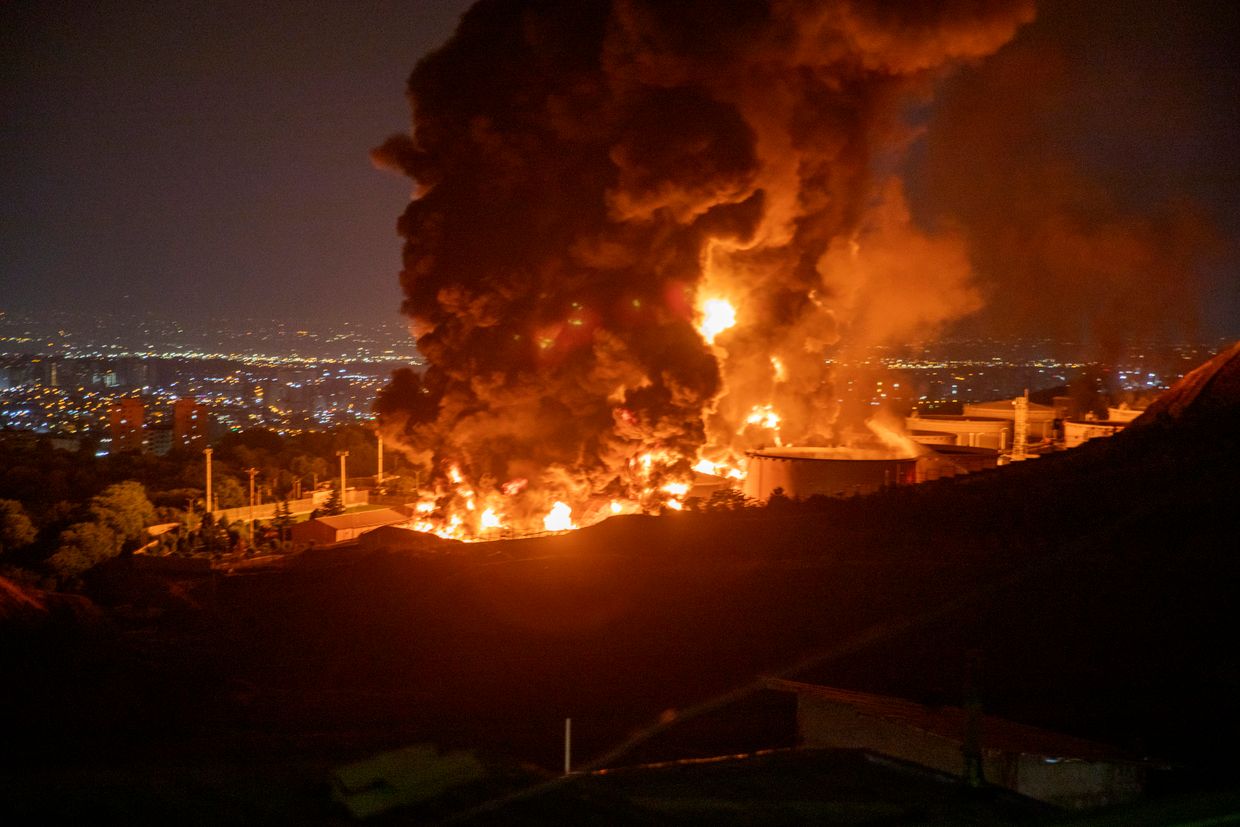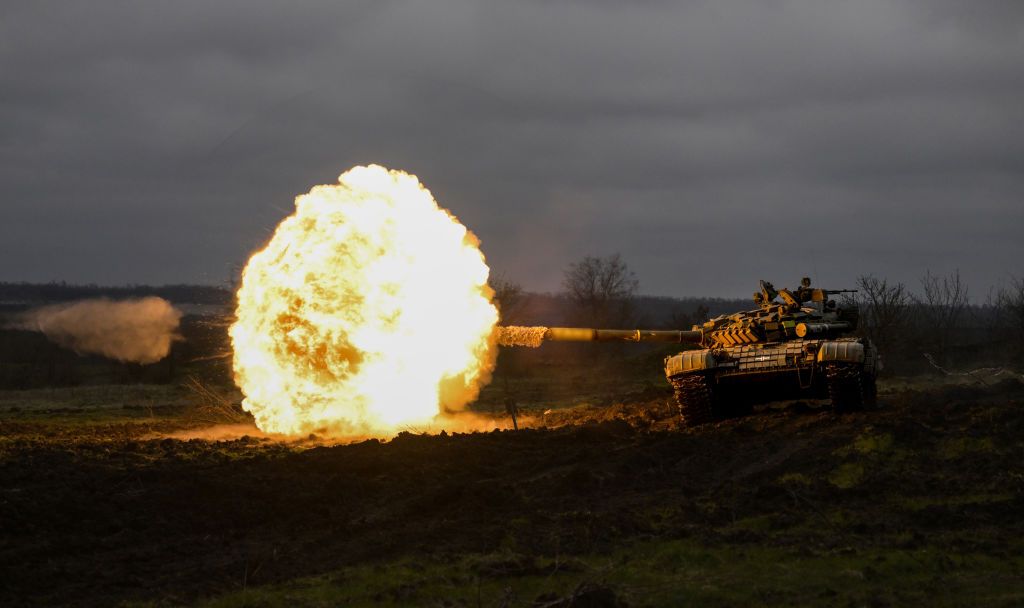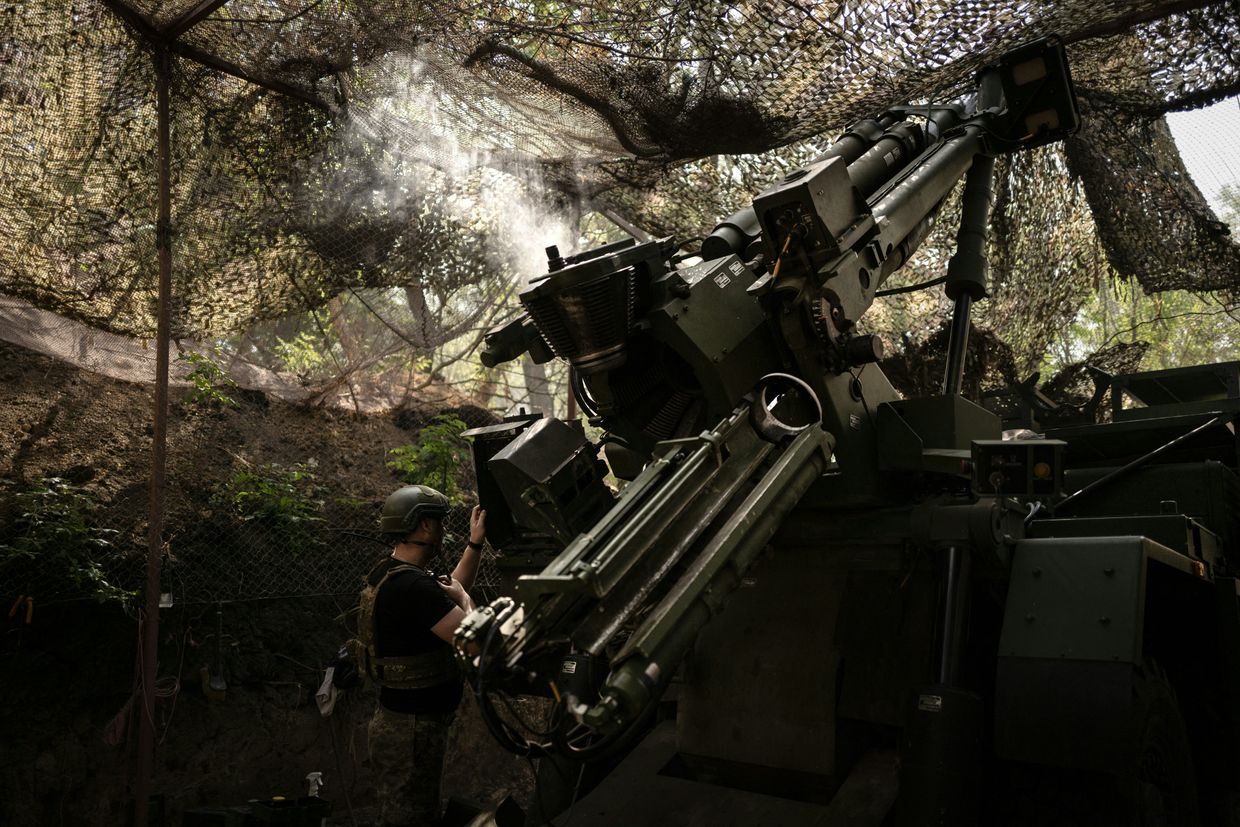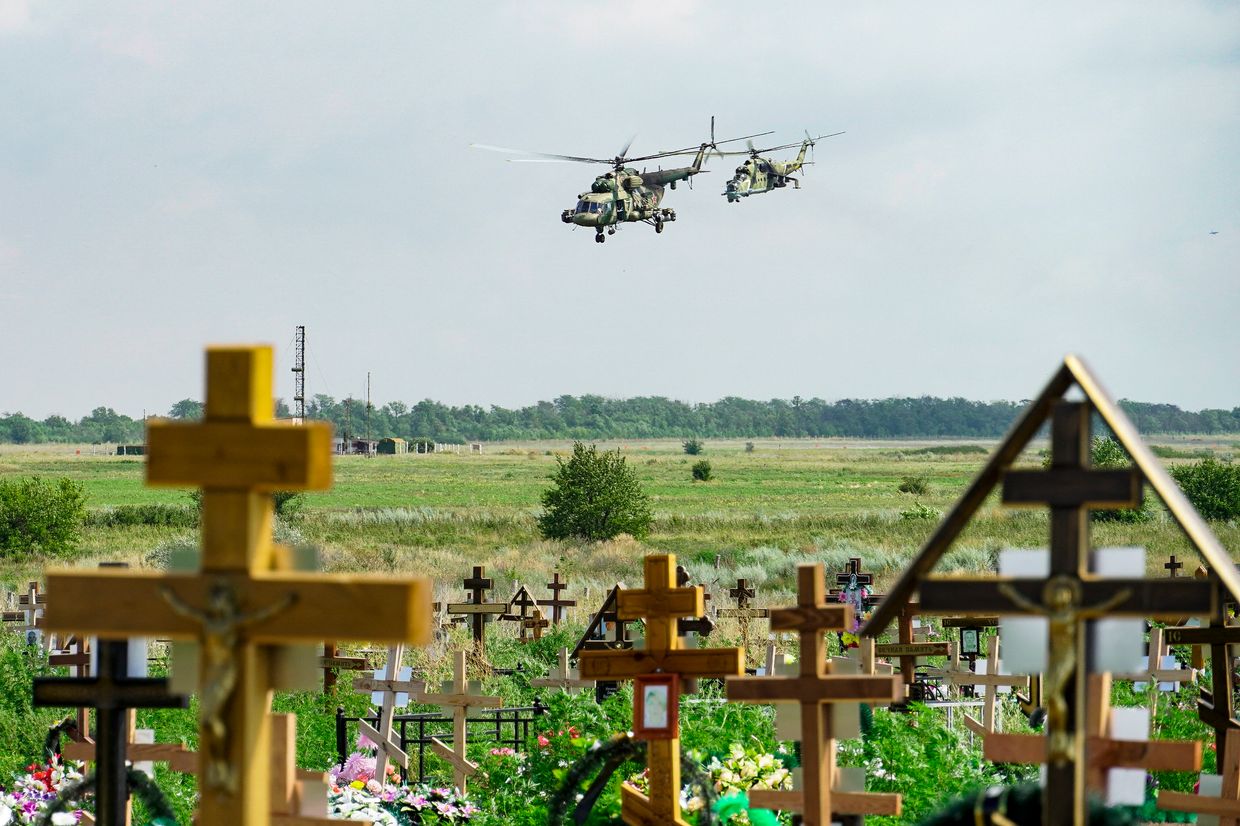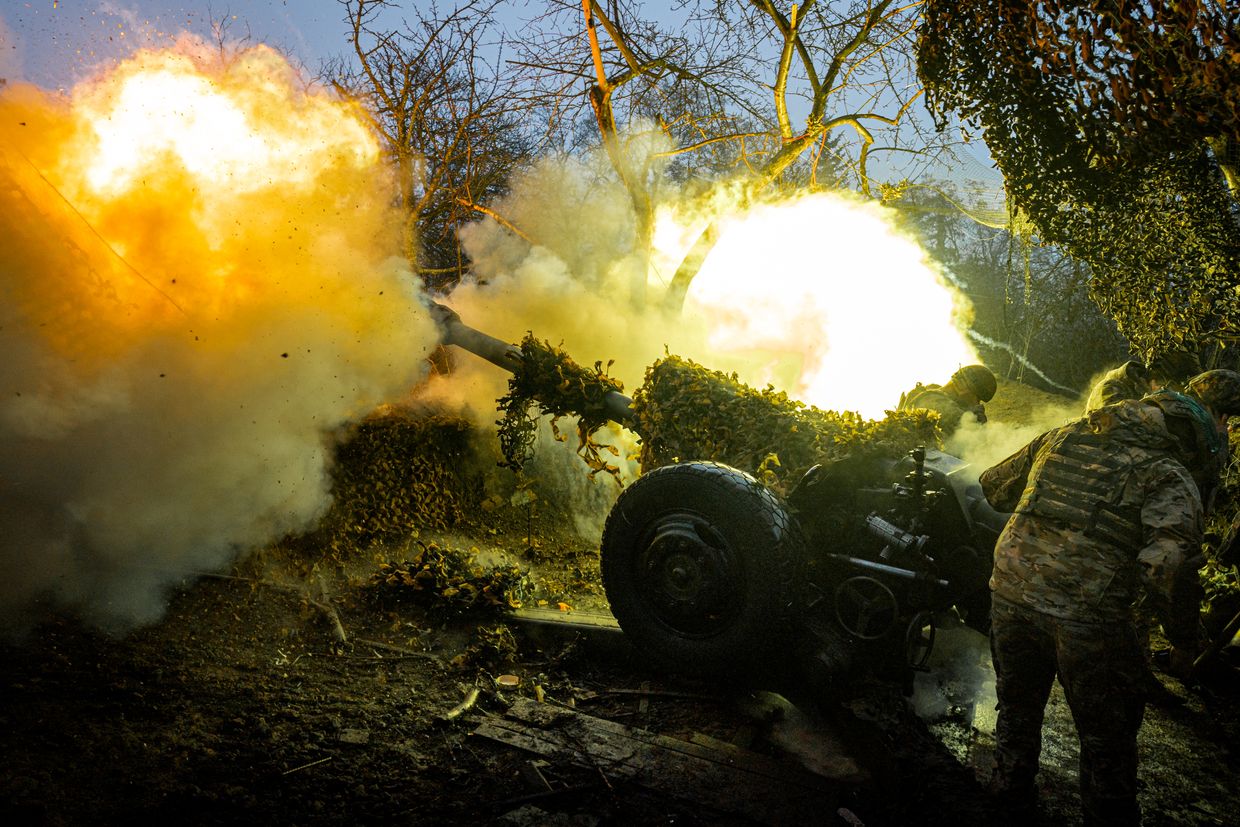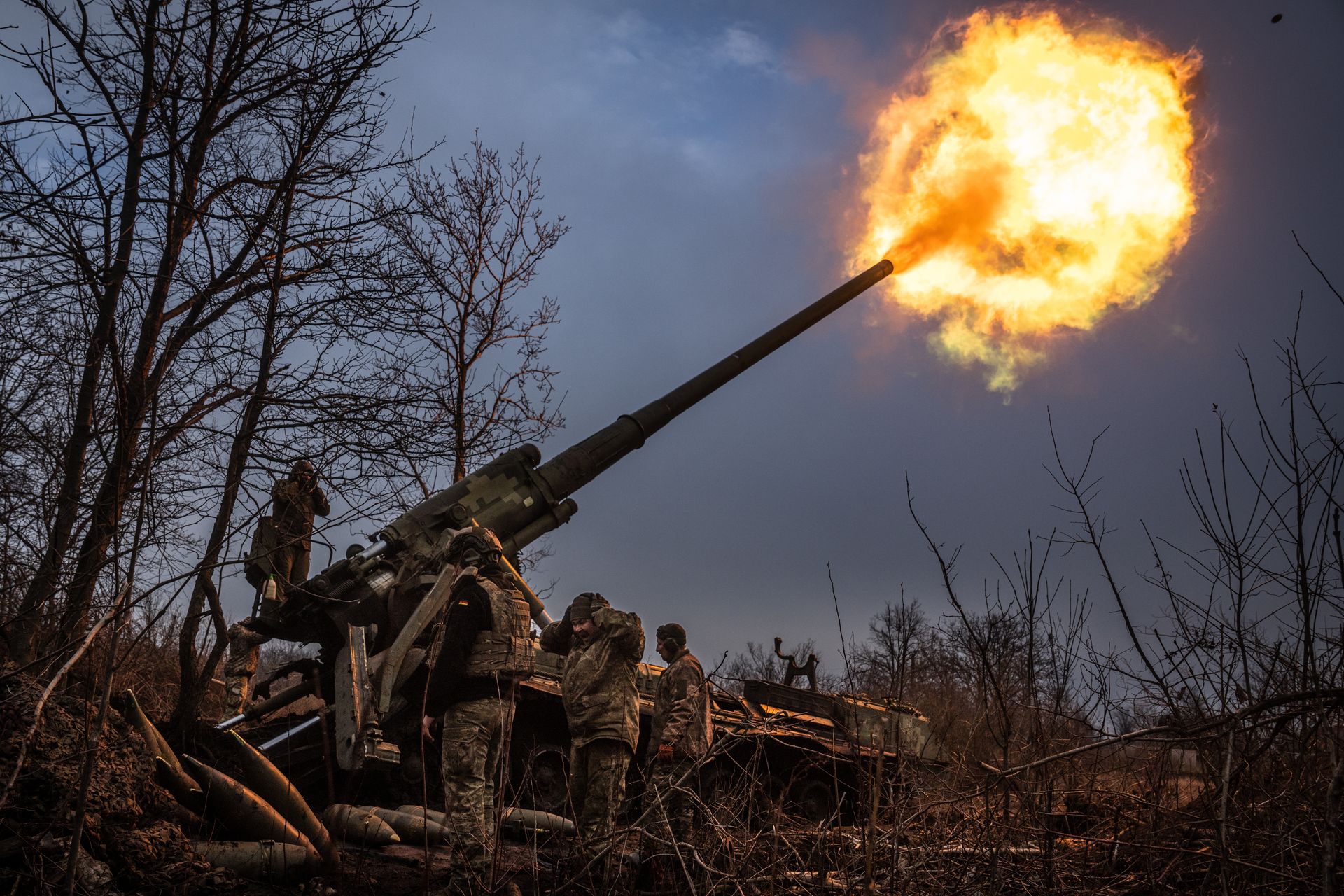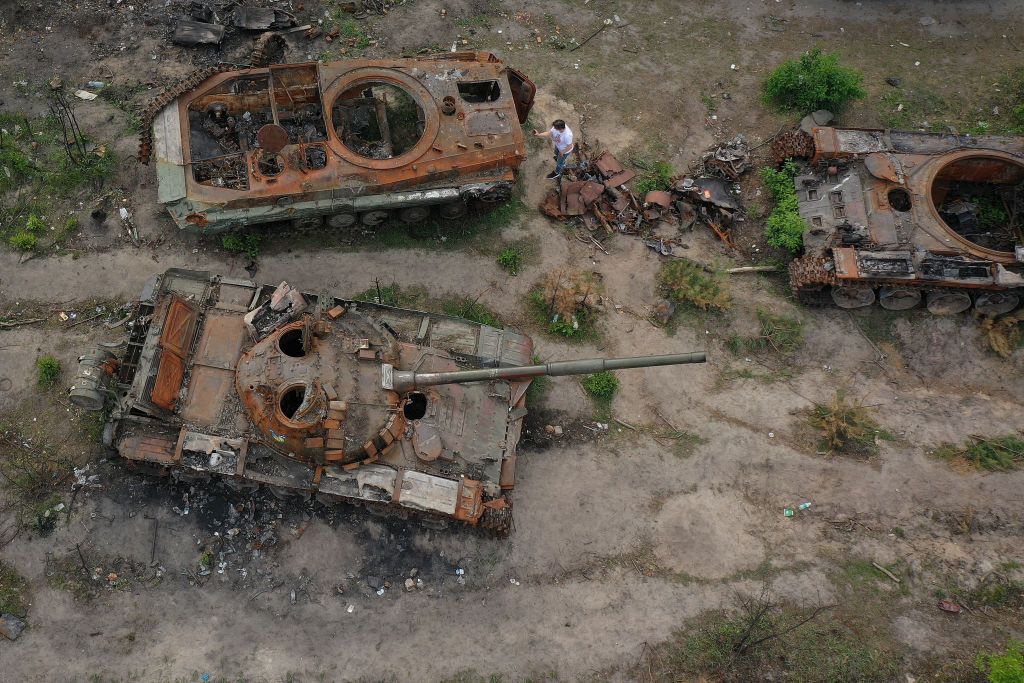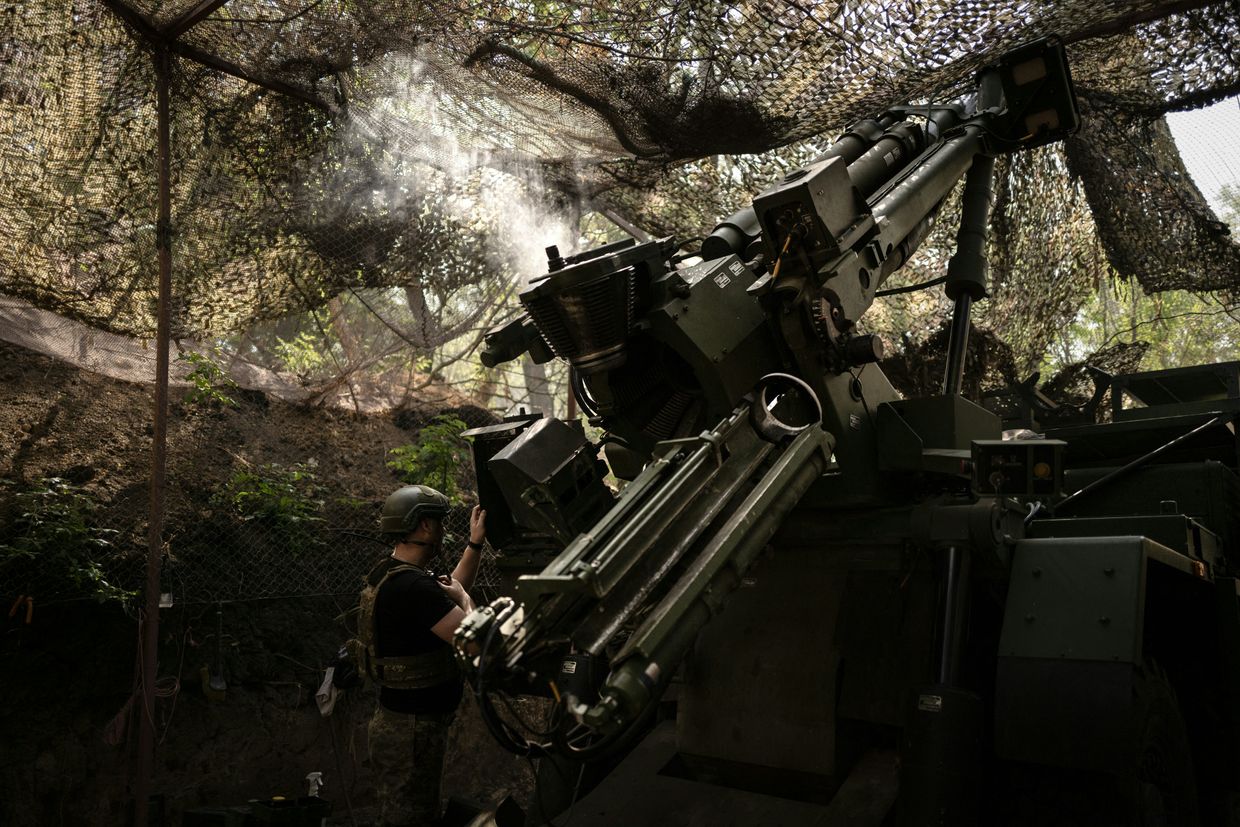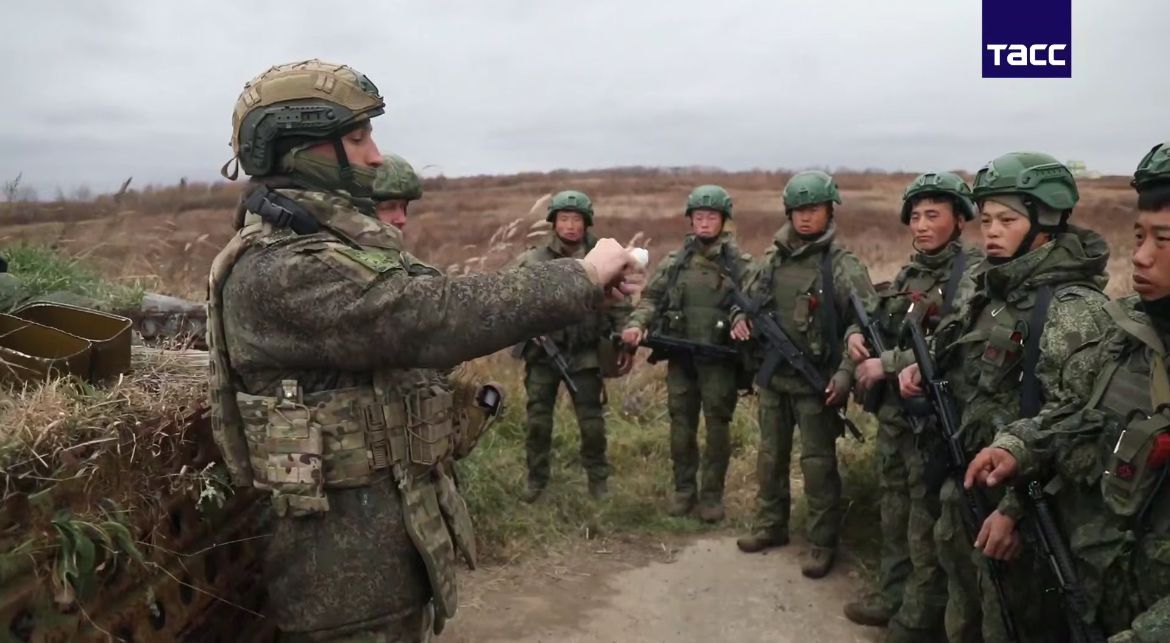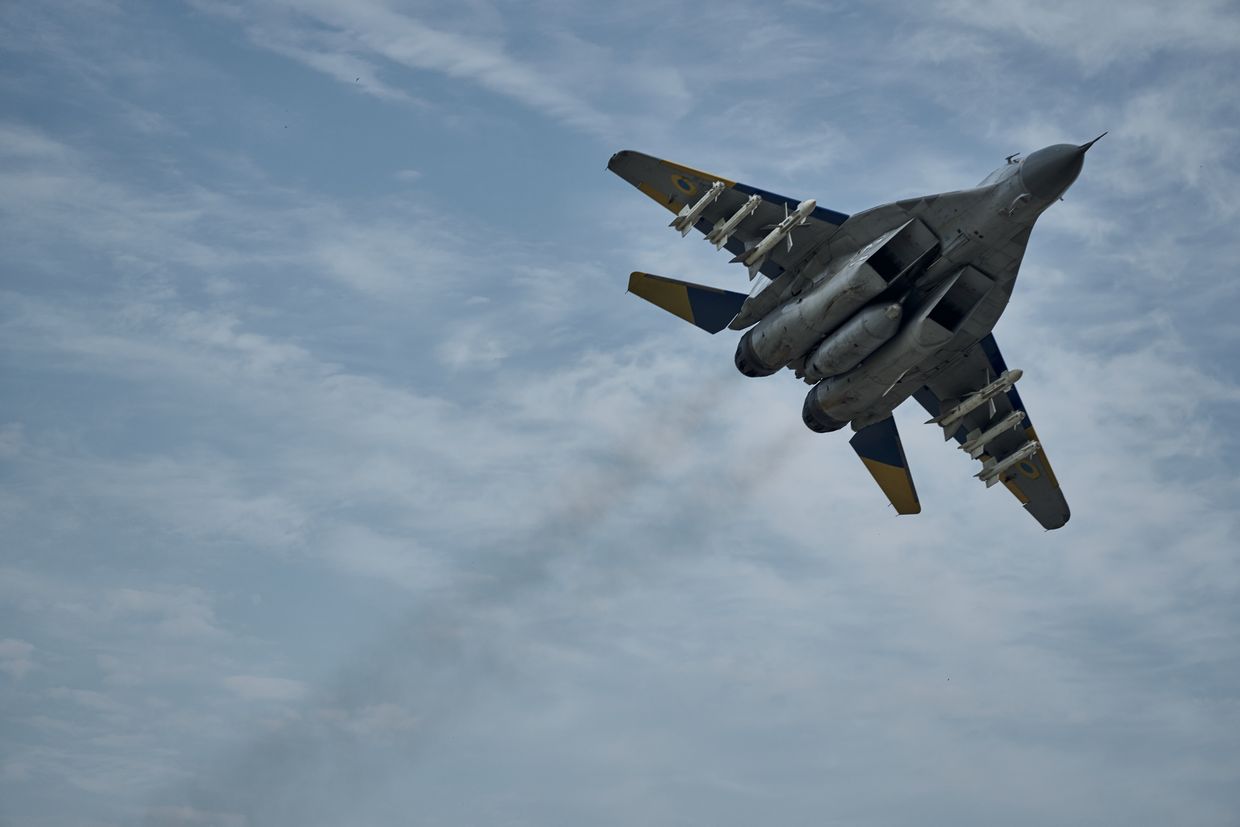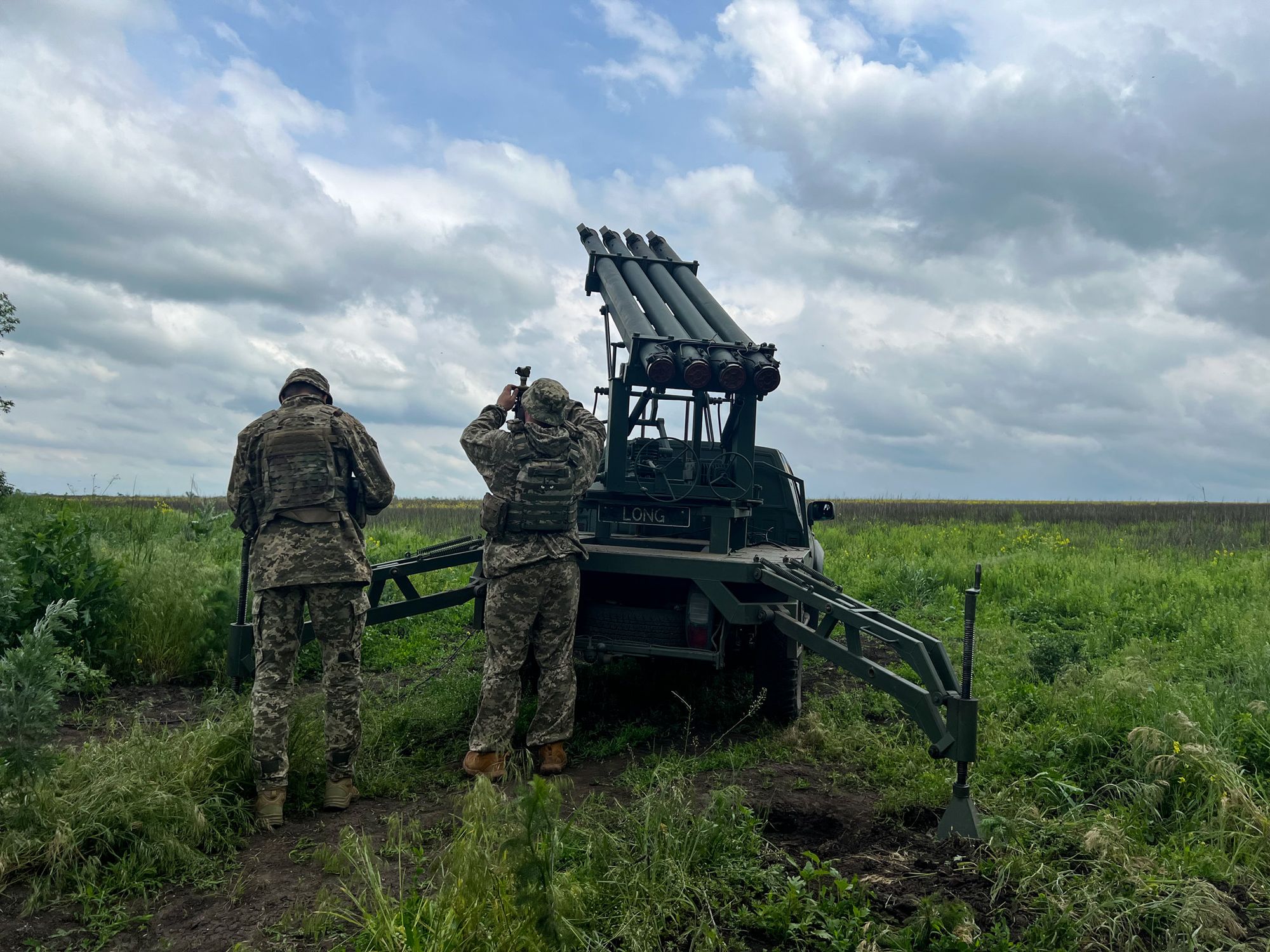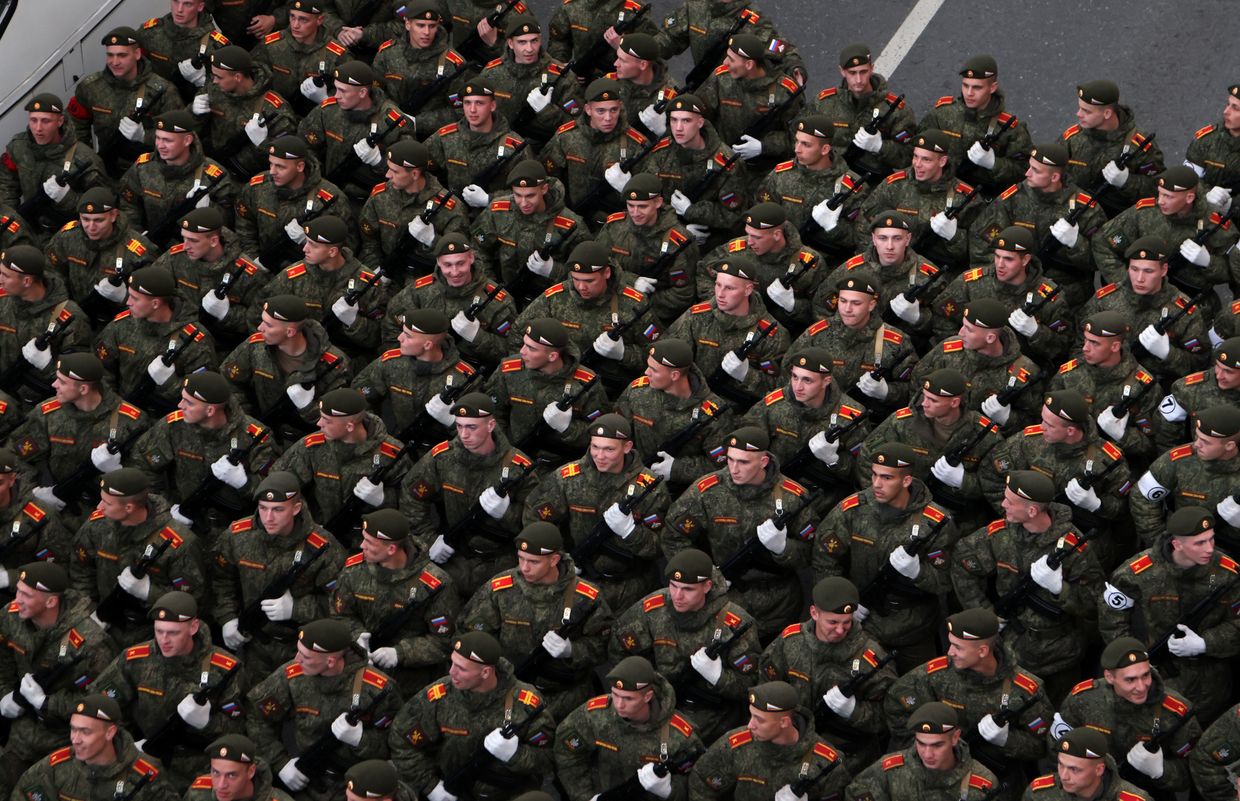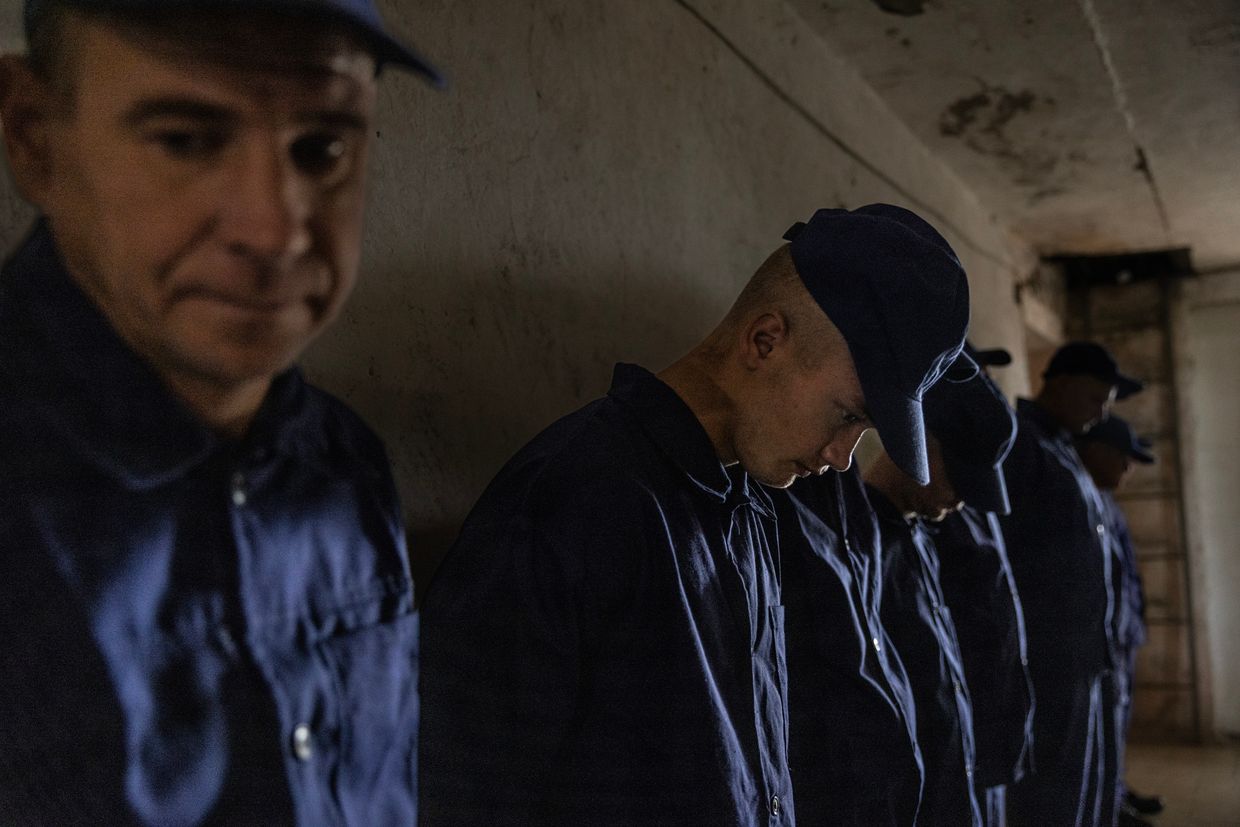Russia’s missing army: 144,000 families now turning to Ukraine for answers

Ukraine has received over 144,000 appeals from Russian families trying to locate soldiers missing in action, according to Ukraine’s Coordination Headquarters for the Treatment of Prisoners of War. In October alone, the project confirmed 159 Russian invaders held in captivity — including not only Russian nationals but also citizens of Egypt, Kazakhstan, Uzbekistan, and Belarus.
Russians turn to Ukraine as the Kremlin hides the missing
According to the Coordination Headquarters, every day, hundreds of families from Russia contact Ukraine’s “Want to Find” project, pleading for help in discovering the fate of relatives lost during the full-scale invasion. The HQ says a total of 144,138 appeals have been submitted so far. That number only reflects those who reached out — Ukrainian officials say the actual count of missing invaders is far higher.
Since Russia continues to ignore the growing list of its soldiers reported missing in Ukraine, relatives are increasingly bypassing their own government to seek answers directly from Ukrainian channels, the Headquarters stated.
“Not all families contact the Ukrainian project,” the Coordination Headquarters said, noting the real number of unaccounted-for Russian troops likely exceeds the official appeal count.
In October alone, 9,243 new requests were submitted — about 300 per day. Relatives use the project’s tools to confirm whether someone is dead or in captivity. Those confirmations allow them to pressure Russian authorities to conduct exchanges, the report noted.
Foreign mercenaries among Russia’s captured soldiers
In October 2025 alone, Ukraine confirmed the presence of 159 Russian invaders in captivity, all listed after appeals from their relatives. Among these were not only Russian citizens but also individuals from Egypt, Kazakhstan, Uzbekistan, and Belarus.
This aligns with earlier reports from the Ukrainian project “Want to Live”, which said Russia continues to rely on foreign mercenaries to sustain its war against Ukraine.
Low education, low loyalty: who Russia sends to die
Only 2% of the prisoners confirmed in October had higher education. Over half — 53% — had completed only secondary school, while some never progressed beyond primary education. Ukrainian officials say this education profile reflects deliberate recruitment by Russia’s Ministry of Defense, which targets undereducated individuals who are easier to coerce into contracts.
Mounting losses in Russia’s ranks
As of the morning of 4 November 2025, the Ukrainian Army’s General Staff reported that total Russian personnel losses since 24 February 2022 stood at approximately 1,145,670. That figure includes 840 new combat losses over the previous day.
